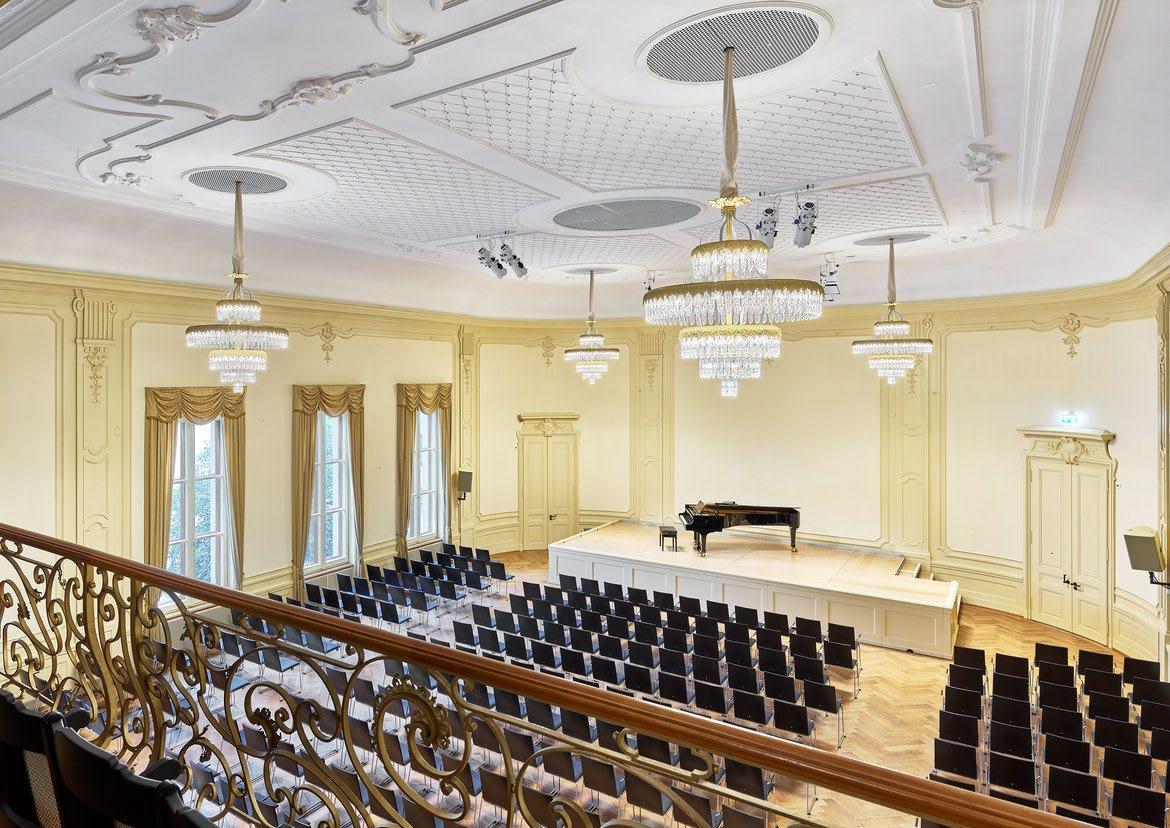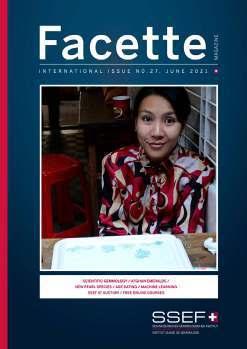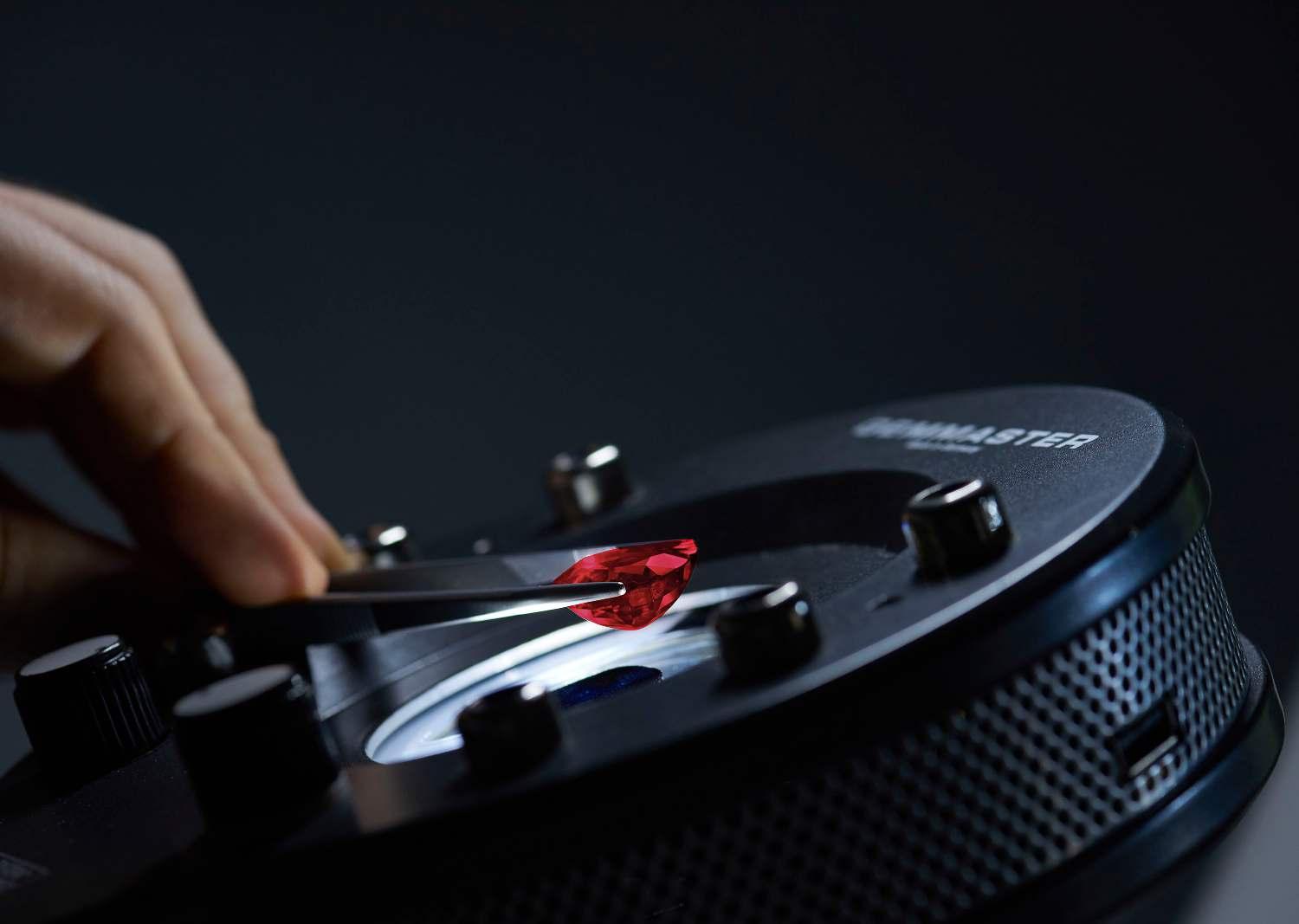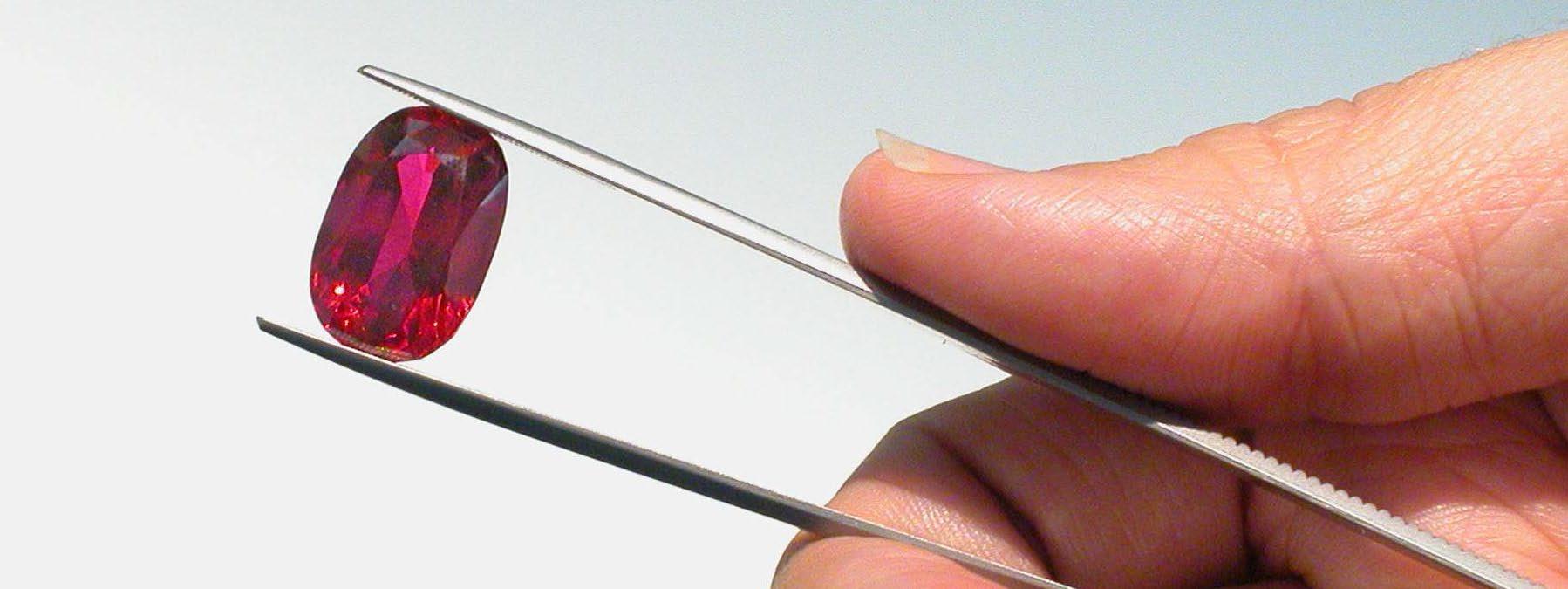
Zentralkurs| May 2022


Zentralkurs| May 2022
Presentation by PD
Dr. Michael S. Krzemnicki

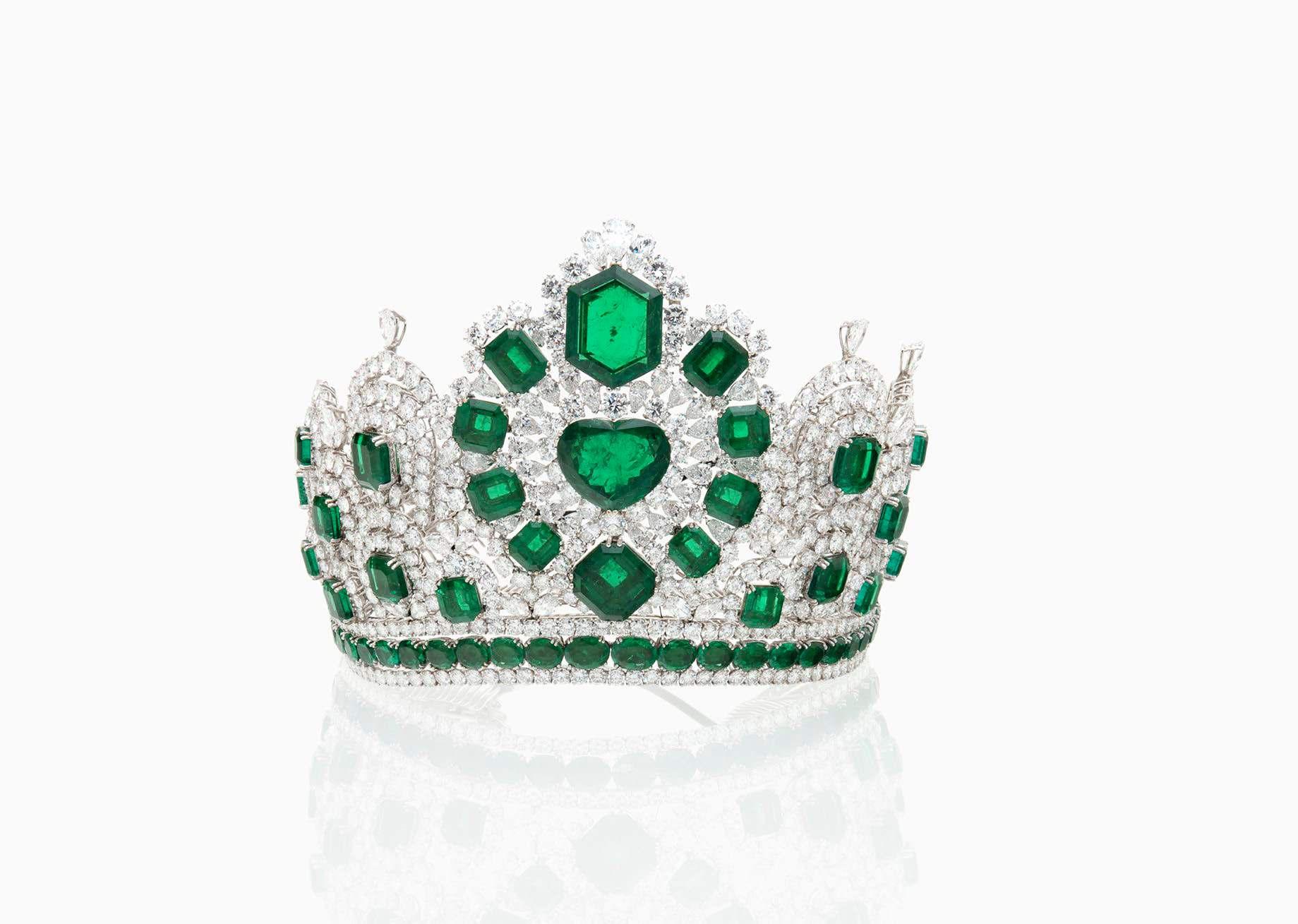



This emerald and diamond parure was given by Manuel de Guirior y Portal, the Viceroy of New Granada and later Peru, to this wife, Dona Maria Ventura de Guiriory Otazu in about 1770. The parure was sold for US$ 1 mio at Sotheby’s Geneva in November 2020.
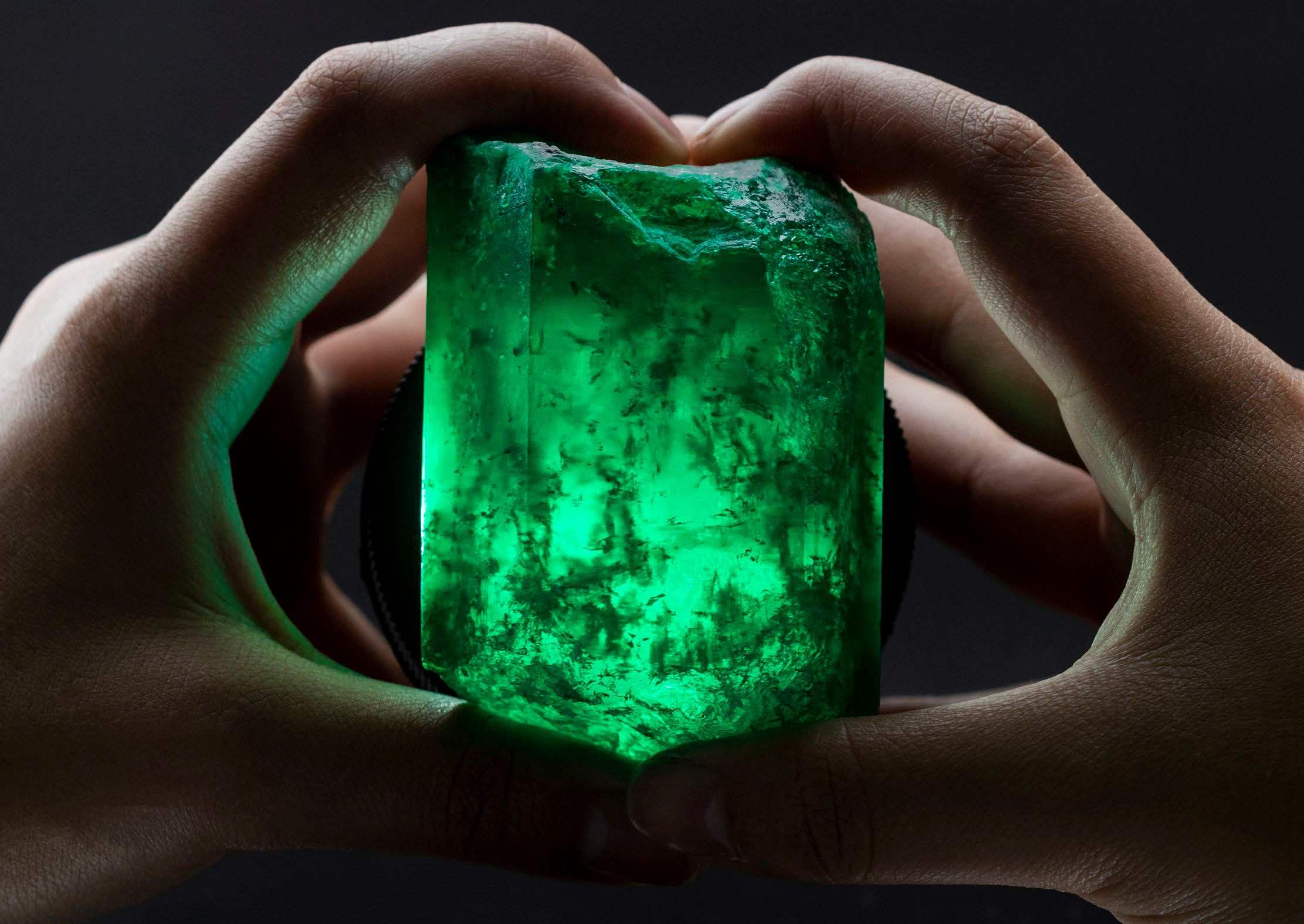

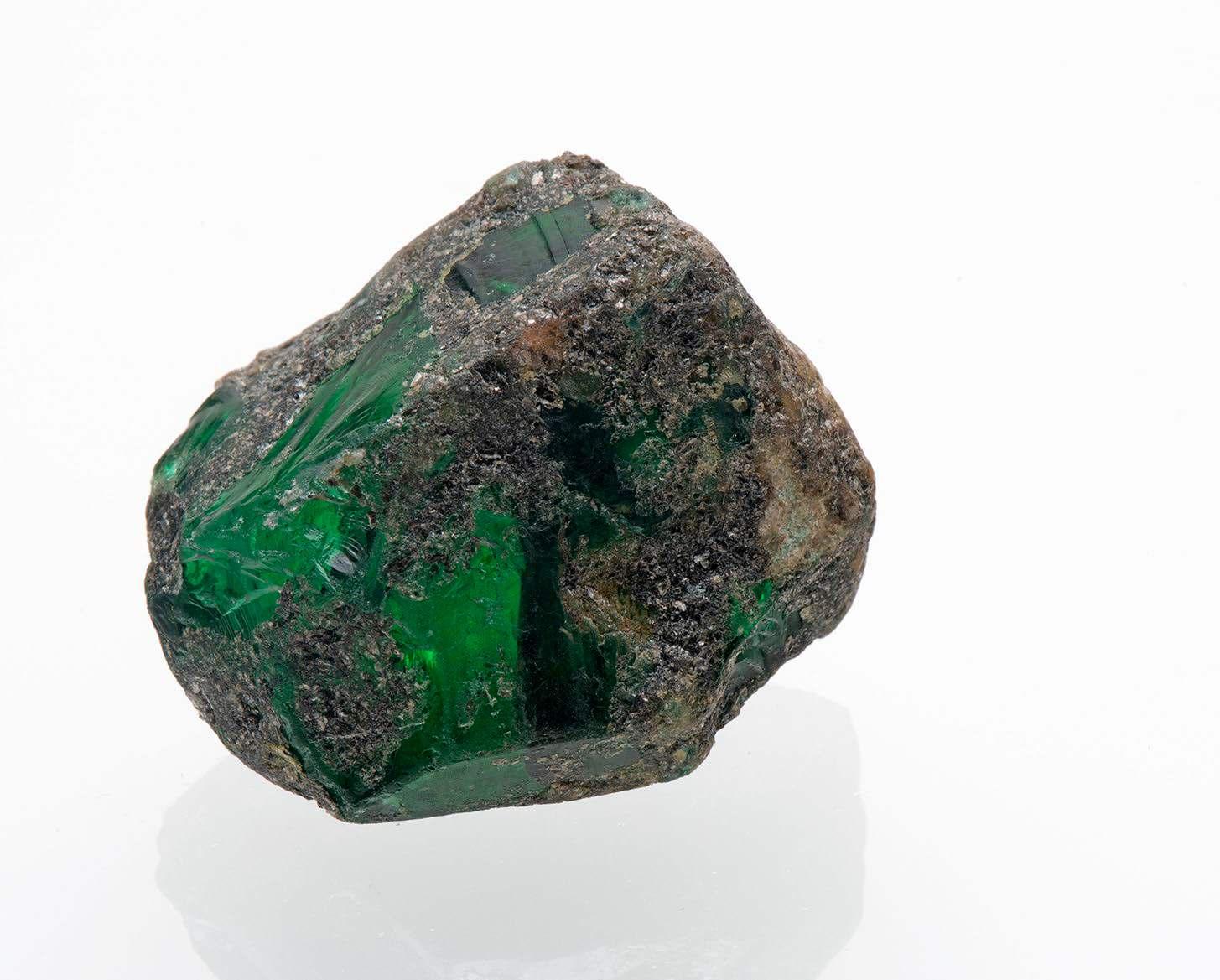

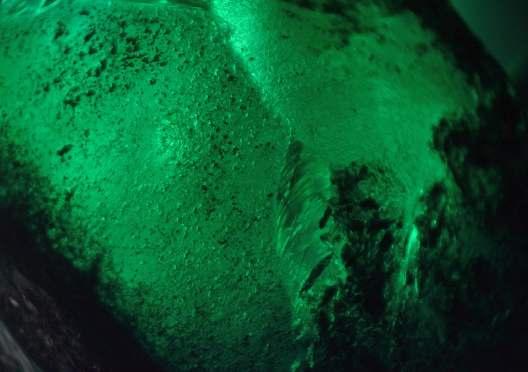
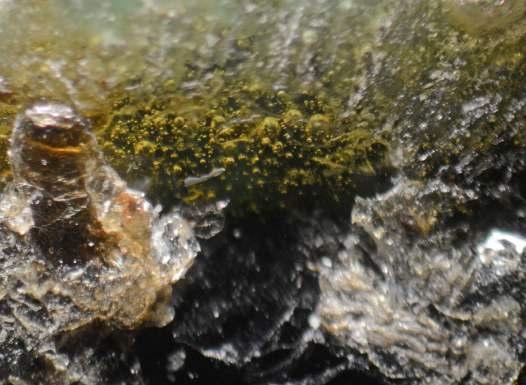
Green dyed quartz with glued on biotite flakes to imitate emerald rough.

s a t u r a t i o n i n c r e a s i n g ( C r )
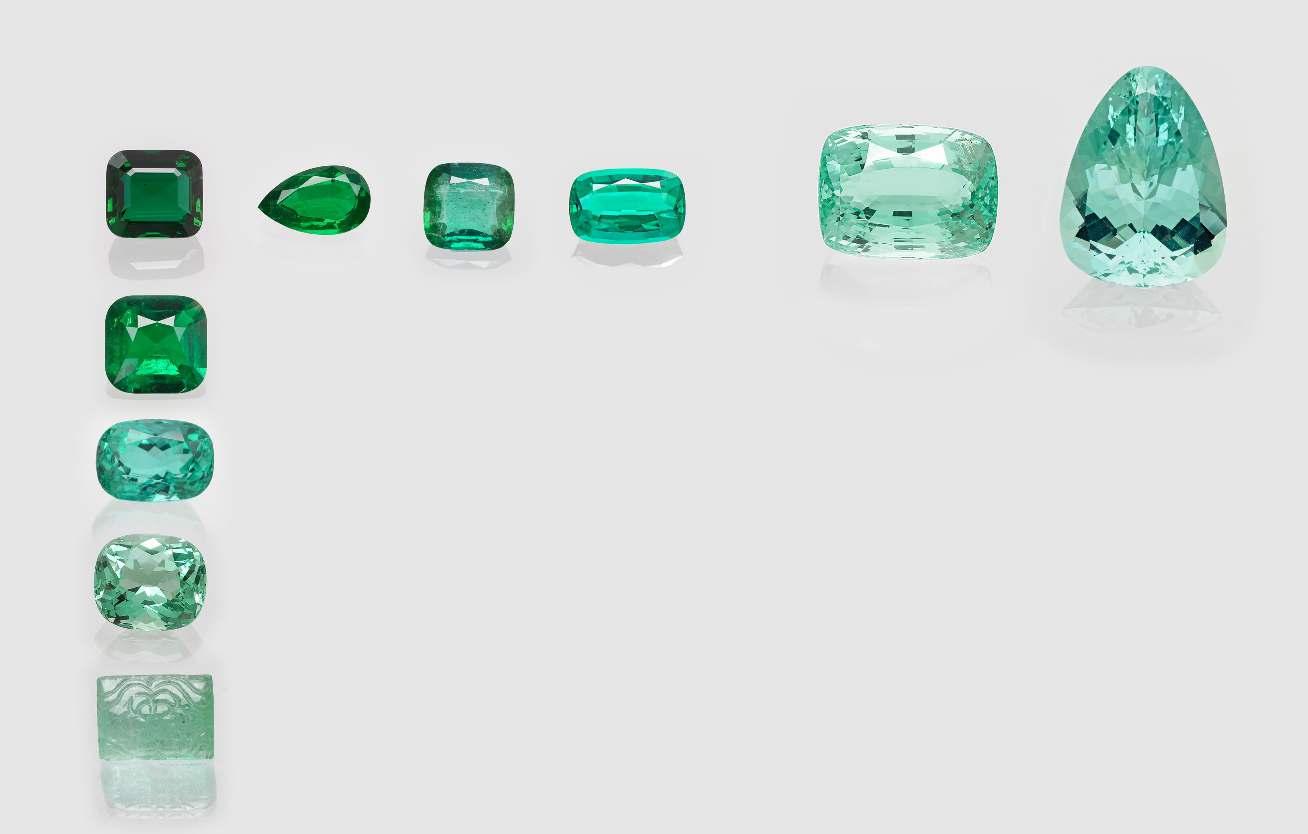

Cr/Fe ratio increasing
230 ct 170 ct strongly Fe dominated
But some green beryl also contain small amounts of chromium, and that is where the nomenclature complexity starts...
Emerald pendant
Christie’s Geneva
November 2017
sold for 883’000 US$
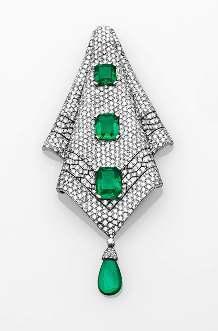


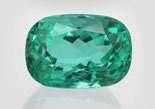
Colombian emerald bluish green
9.5 ct
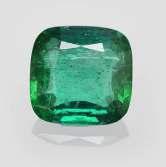
Zambian emerald bluish green
14.5 ct
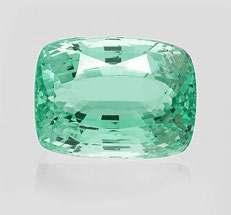
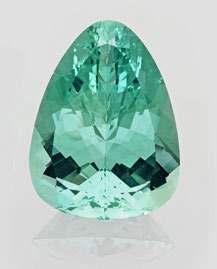
Cr-bearing green beryl 180 ct (low Cr, high Fe) green beryl 230 ct (very low Cr < 0.01 wt%)

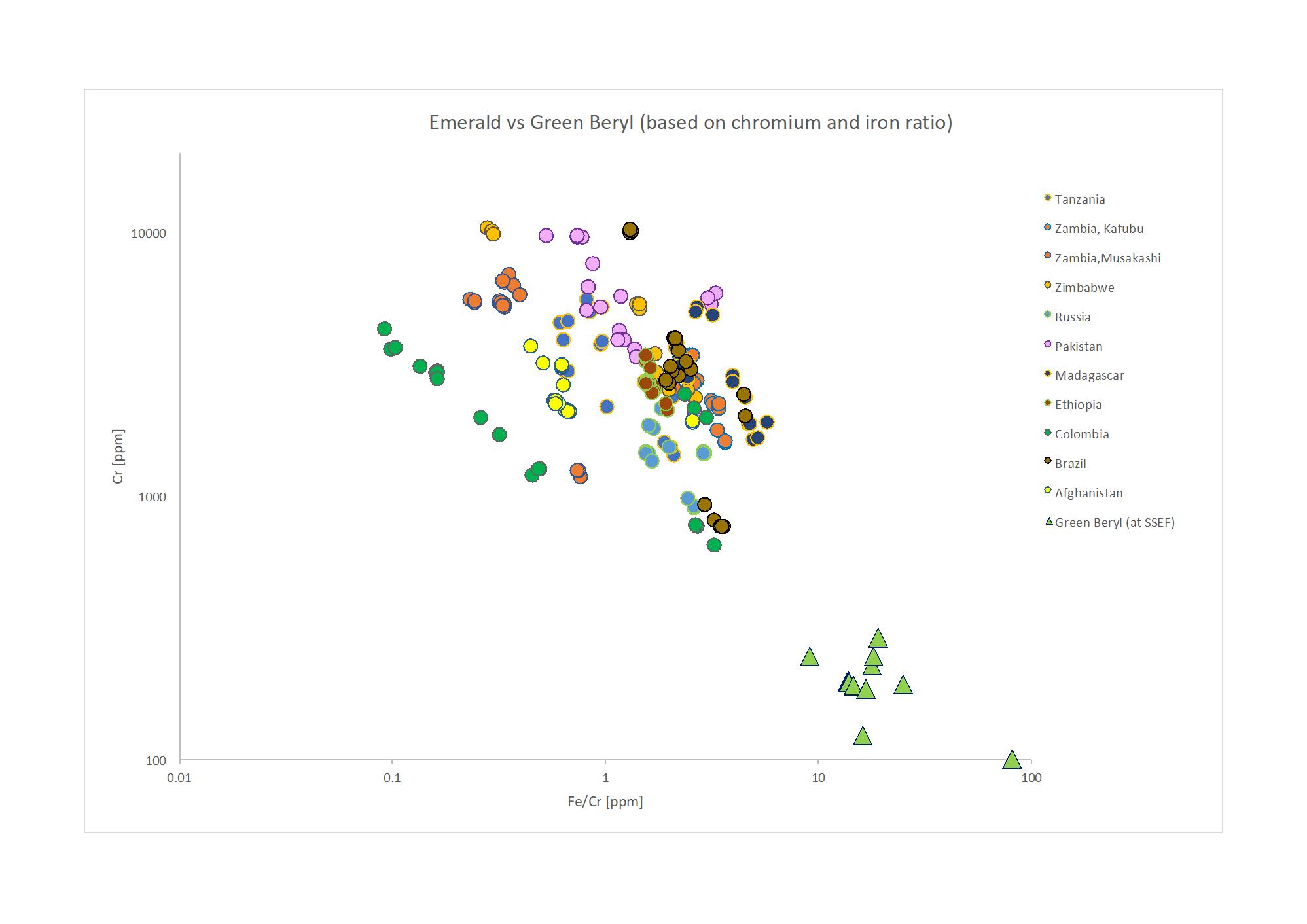







area Kafubu area
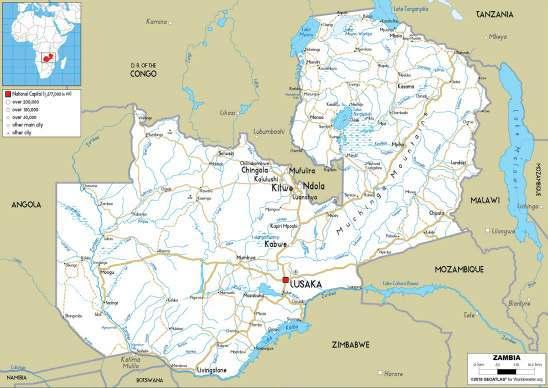
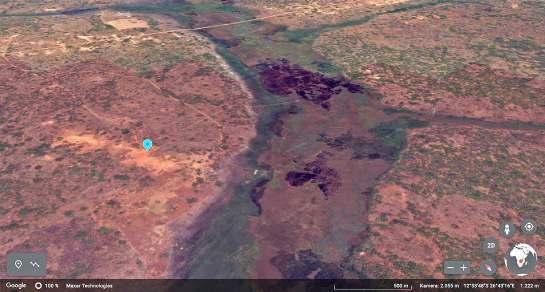
Two emeralds (7.3 ct and 6.9 ct) of excellent quality from a “new” source in Zambia. Originally claimed to be from Afghanistan, we now know, that this material is in fact from Zambia.

Sometimes, these batches of Zambian emeralds are mixed containing both, emeralds from the “classic” Kafubu mining area and from the “new” Musakashiarea.
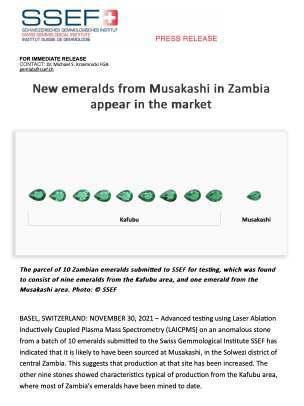

all Musakashi, except Kafubu all Kafubu, except Musakashi
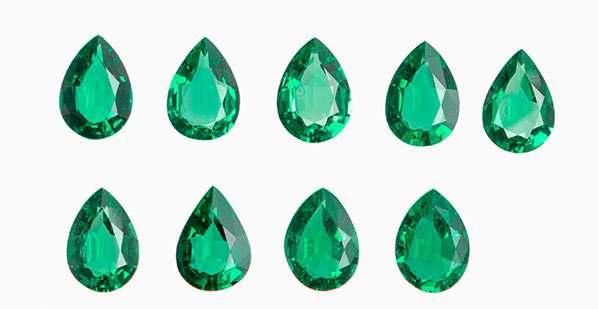

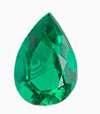
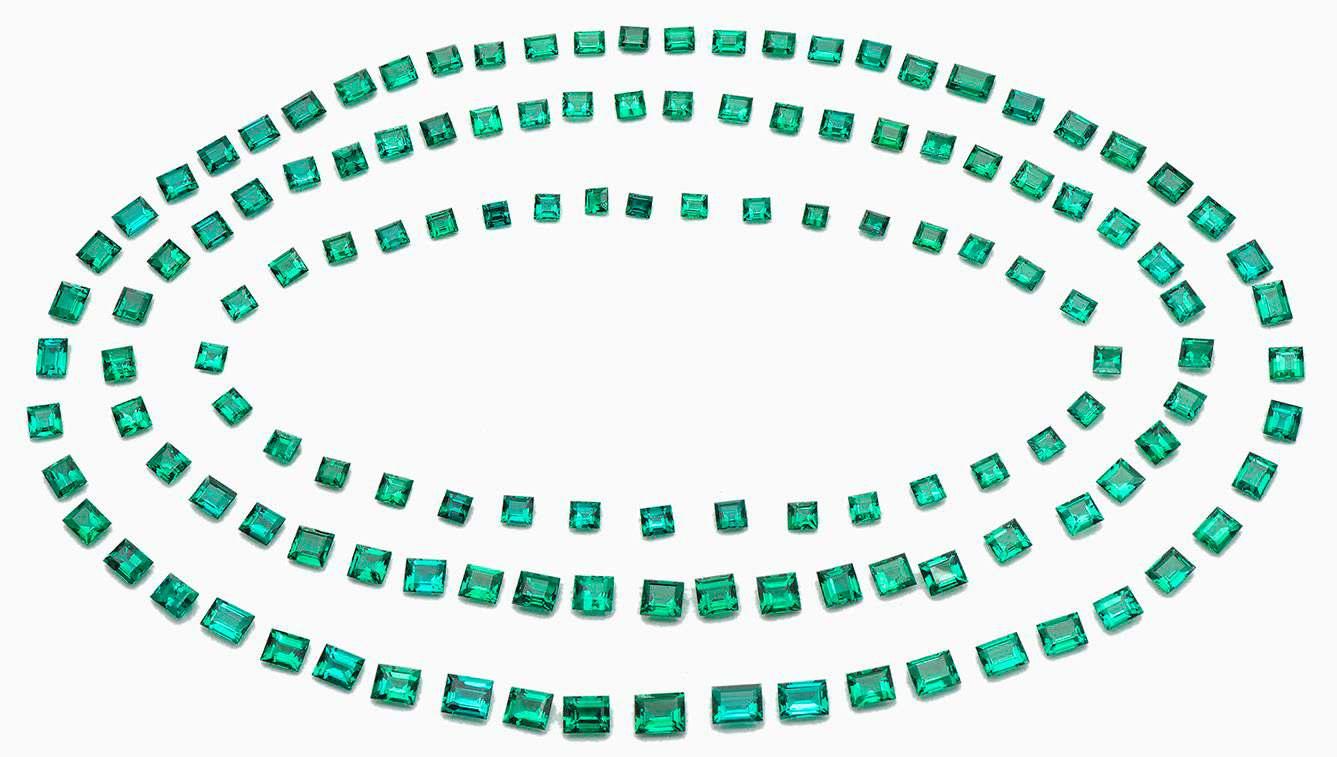
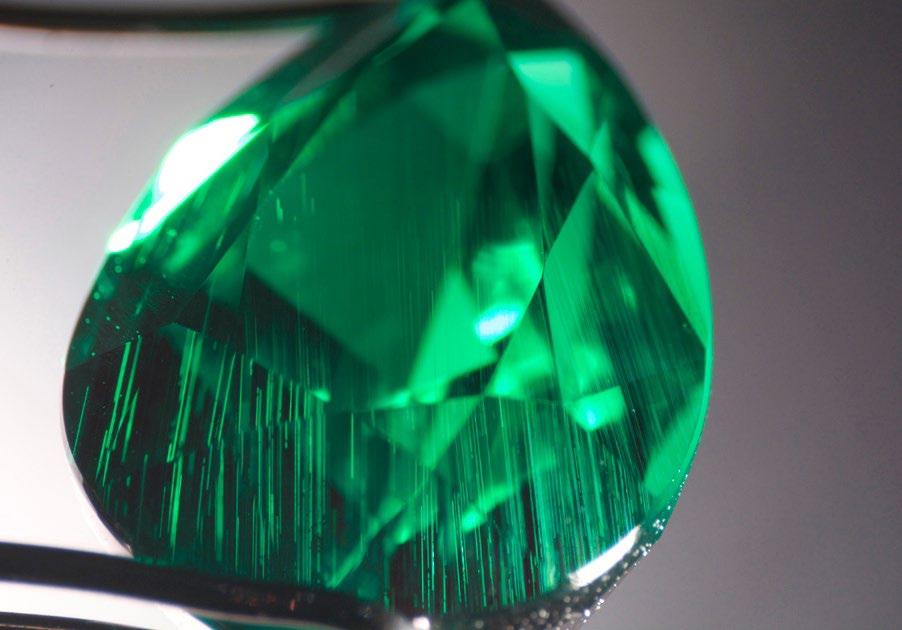
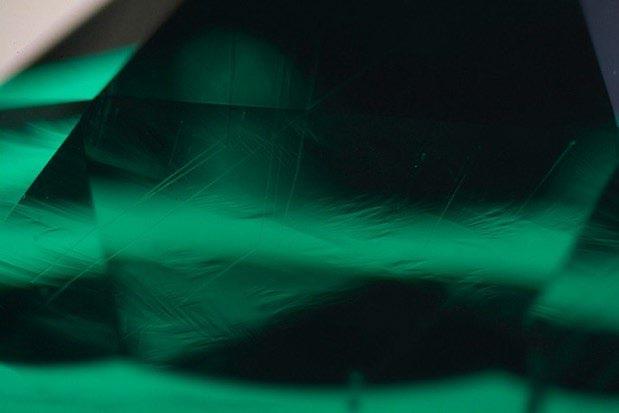

In many aspects very similar to Colombian emeralds.

Data visualisation for emerald origin determination at SSEF
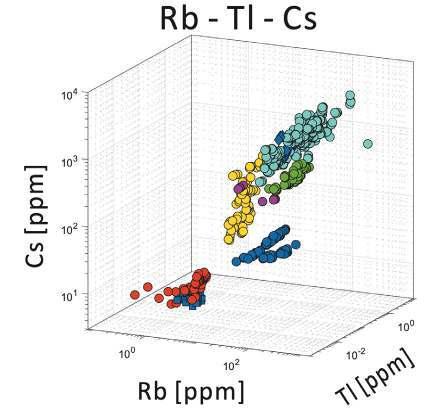
Trace element analysis using GemTOF mass spectrometry.
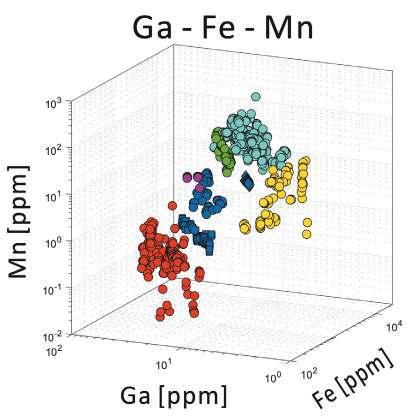


Statistical processing using machine learning algorithm (non-linear unsupervised tSNE).

Published by SSEF in 2021 in the JAAS Journal of the Royal Society of Chemistry, UK




Emeralds often contain fissures. These fissures may be filled with a (colourless) substance such as oil, wax, and natural or artificial resin.
Fissure filling detection, quantification and identification is usually done by:
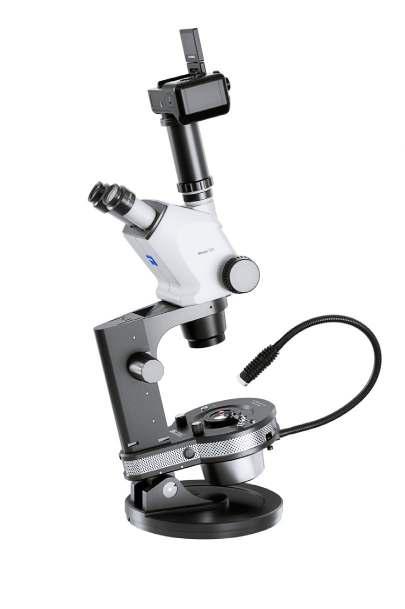
Microscope
Filler detection and quantification

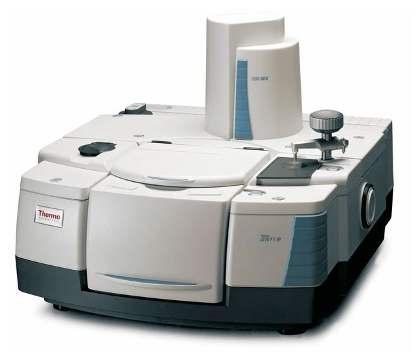
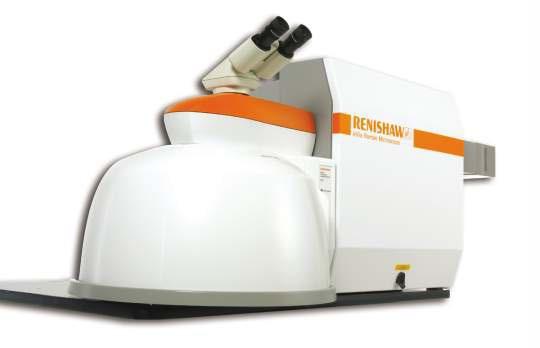
Filler detection and identification (volume) Raman
Filler identification fissure by fissure (spot analysis).
UV lamp can also be very helpful for filler detection and quantification.
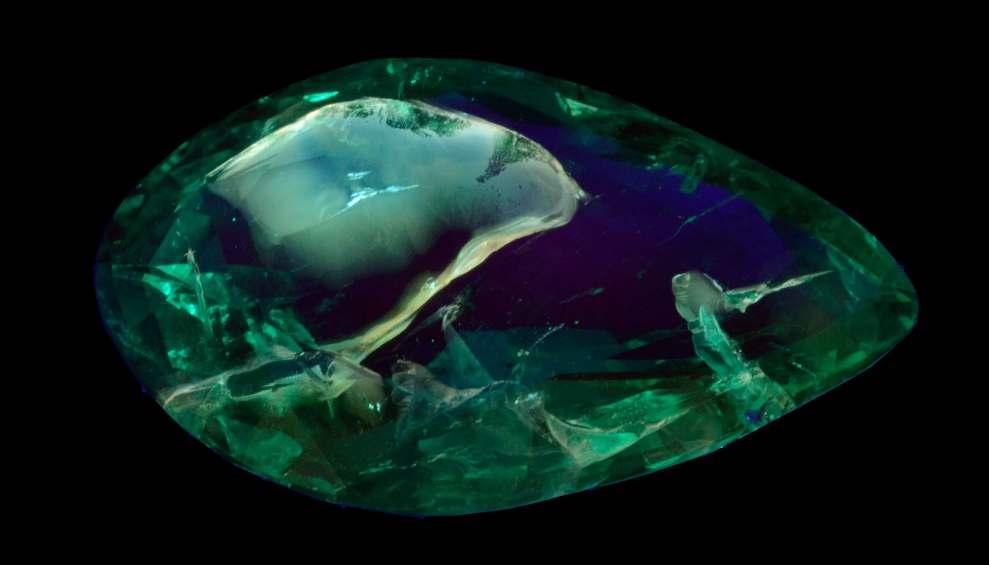
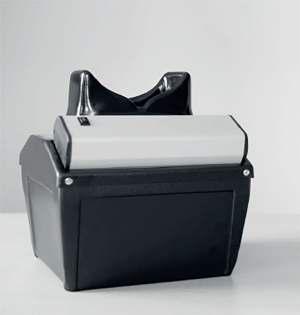
Fluorescent reaction of fissures in an emerald filled with substance (e.g. oil) when exposed to long wave ultraviolet light source.
Unfortunately not all fillers react!
So, no reaction does not mean that an emerald is not fissure filled!

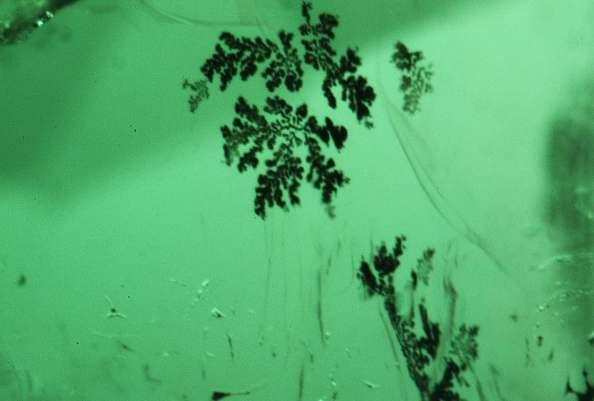
Oil in fissure with fine dendrites.
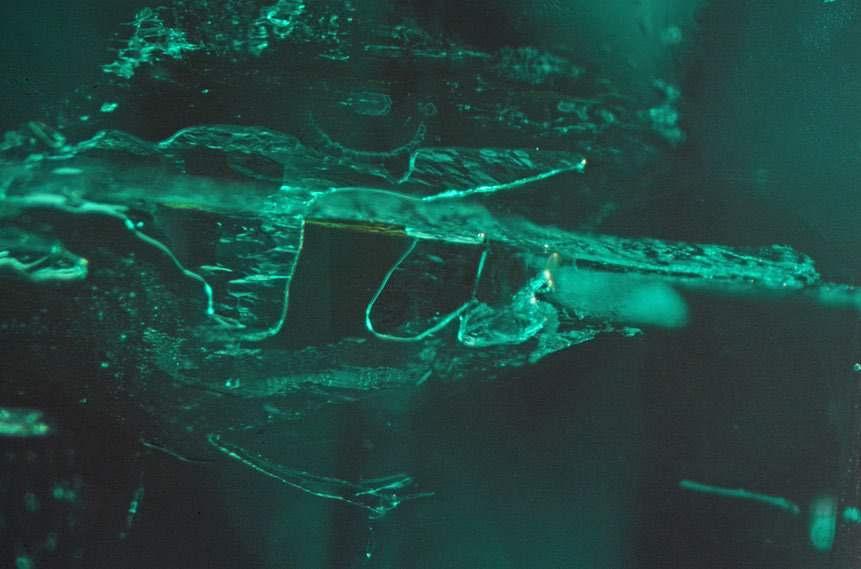
Air bubbles in fissure filled with „sticky“ oil.

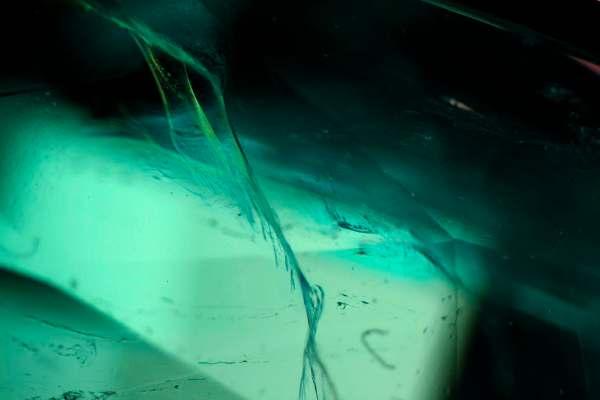
Blue/yellow flash effect in fissure filled with artificial resin.
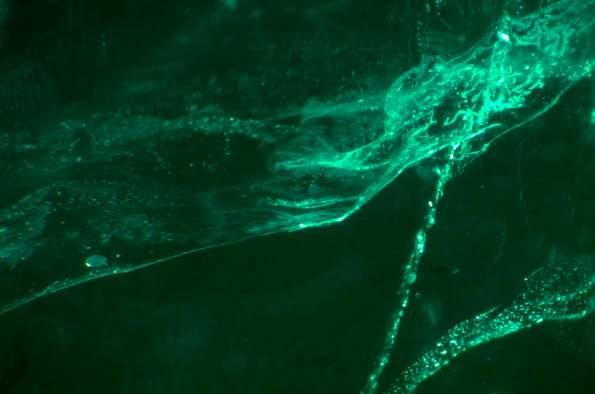
Artificial resin in fissure transformed by „age”.
Filler quantification is mainly based on microscopic observation, and also supported by UV fluorescence observation and FTIR spectra (visibility of filler peaks)!
At SSEF, the substance is always indicated:
- Oil - Wax - Natural Resin (e.g. canadabalm)
- Artificial resin
- Filler (if substance cannot be identified)
see: www.lmhc-gemmology.org

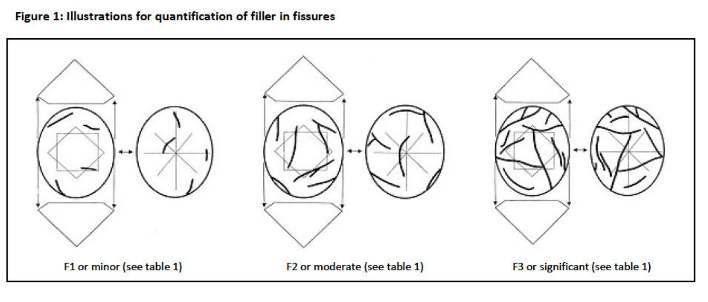

Cedarwood oil mixed with Artificial resin (OpticonTM)
From Bachelor thesis of Micha Baur, University Basel, 2021
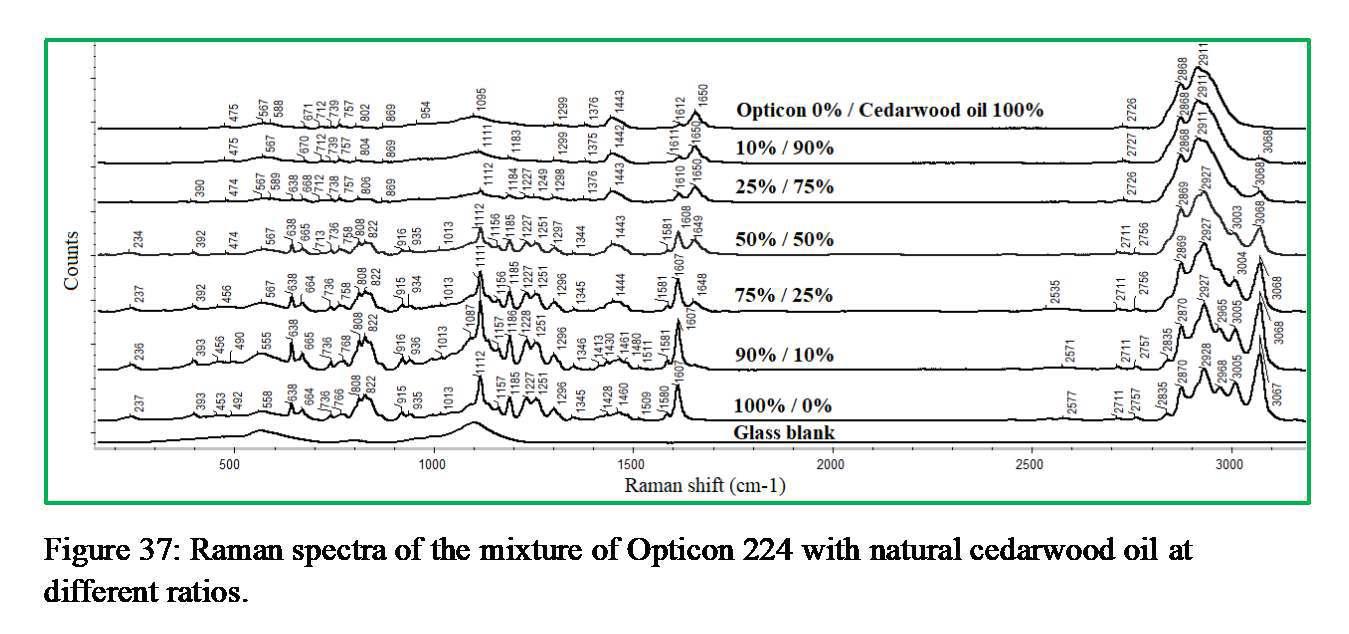
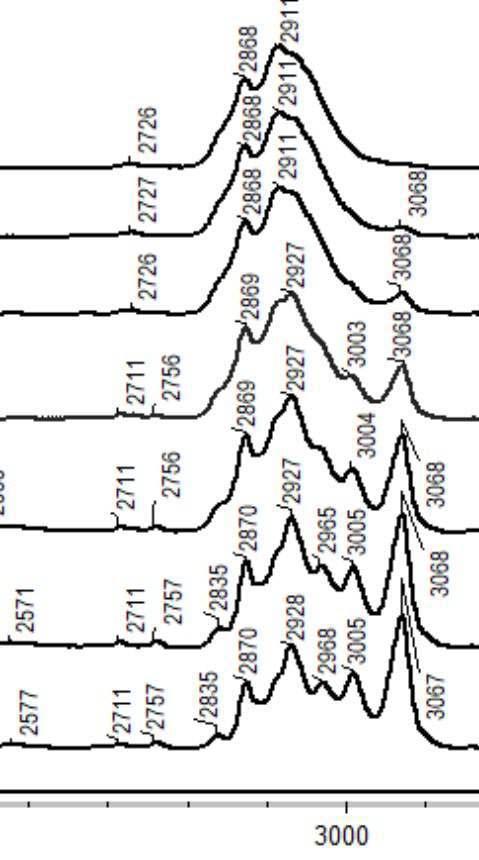

“Ageing” behavoir of filler substances
From Bachelor thesis of Micha Baur, University Basel, 2021
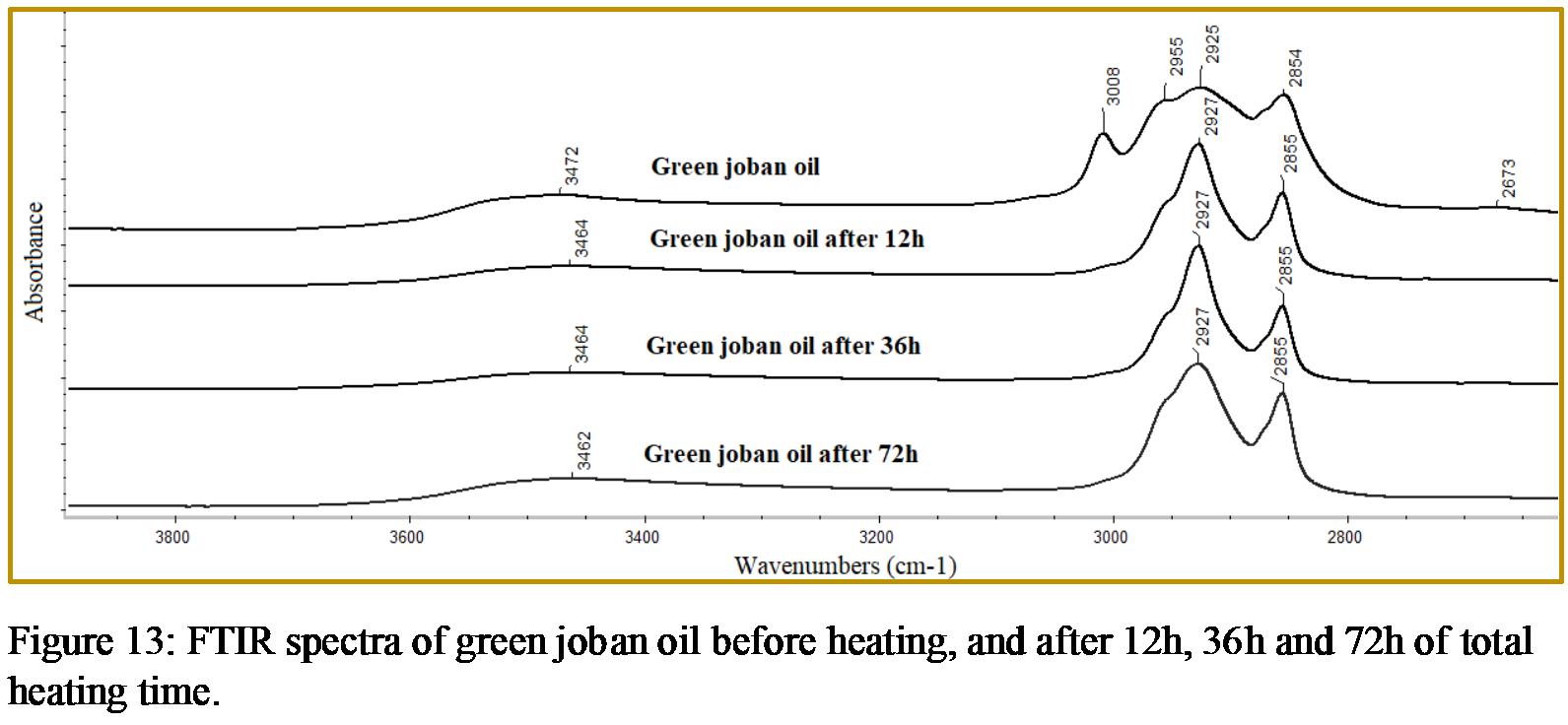

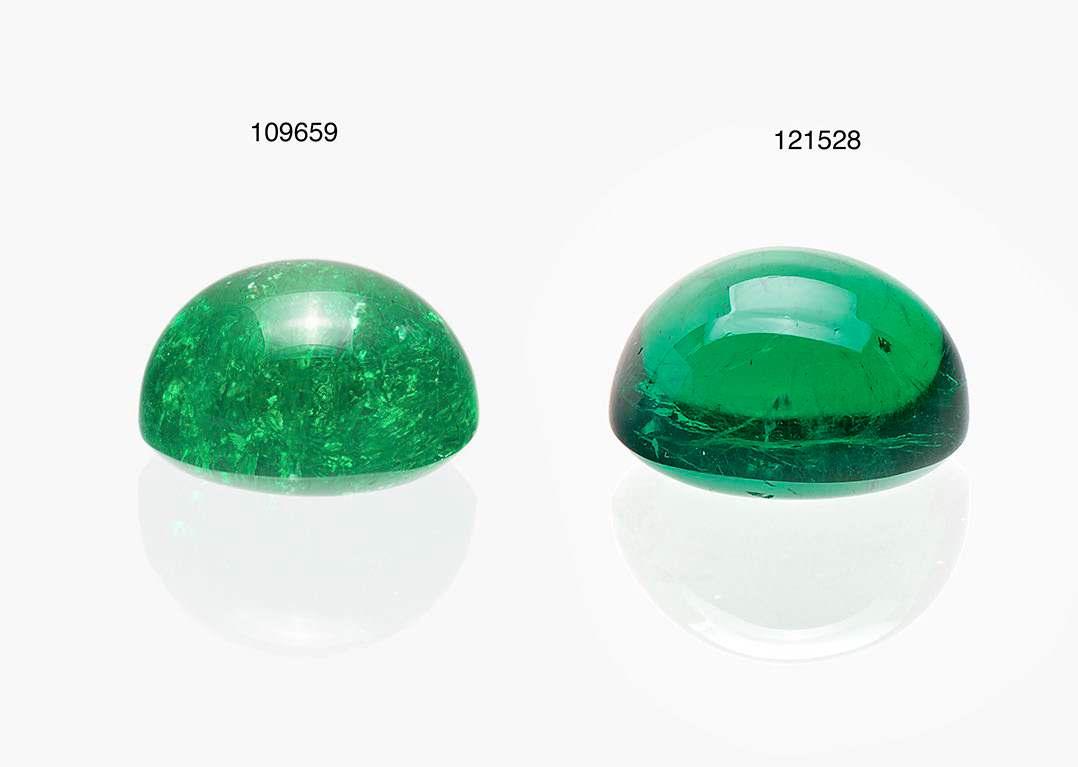

tested at SSEF 2019
Minor oil
Many fissures visible!
tested at SSEF 2022
Moderate artificial resin
Fissures now hardly visible!

This Colombian emerald (9 ct) was tested 6 times by SSEF! It was deliberately filled two times with artificial resin after testing at SSEF and each time sold with the SSEF report indicating the situation before refilling (minor oil)!

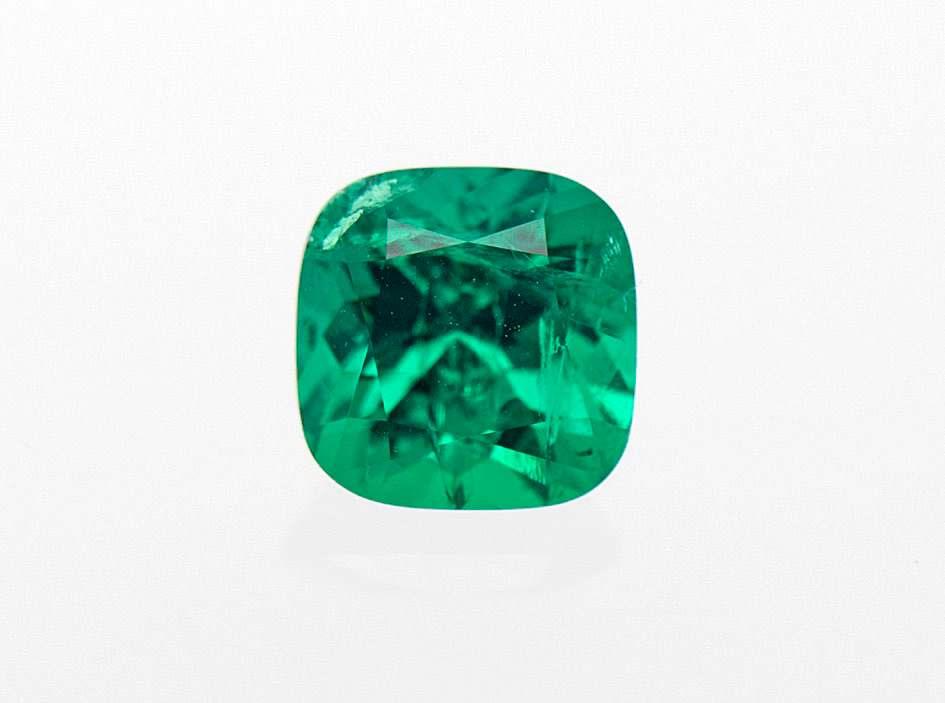
Pre-existing fissure filled with resin
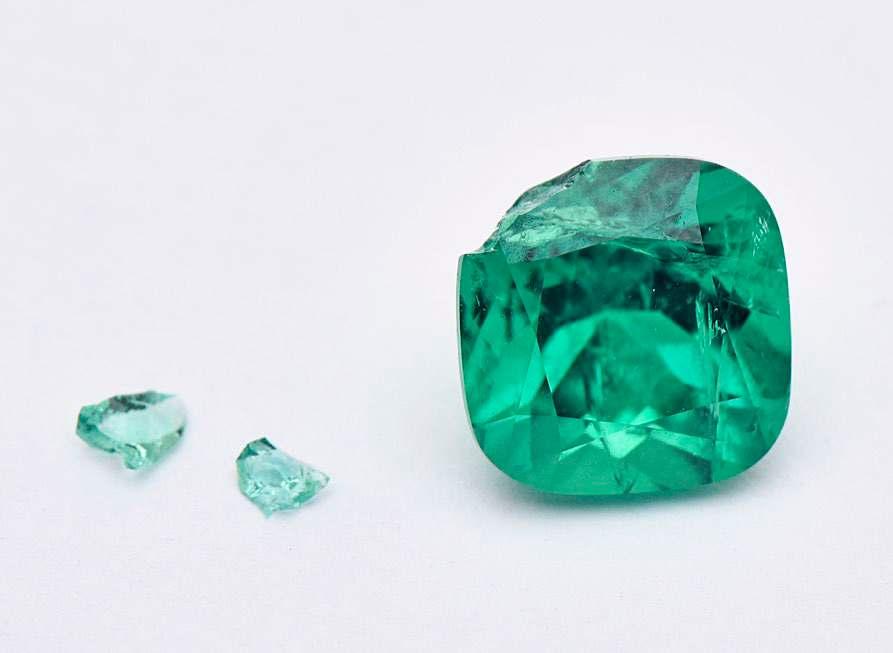
Chipping after cleaning
Cleaning of emerald in acids, may result in damage/chipping during cleaning or later during handling (e.g. by laboratory, jewellery workshop, or client).
Consequence: Stone needs considerable re-cutting !

SSEF Report
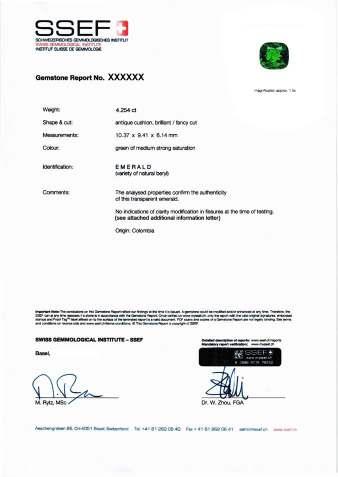

Additional information letter

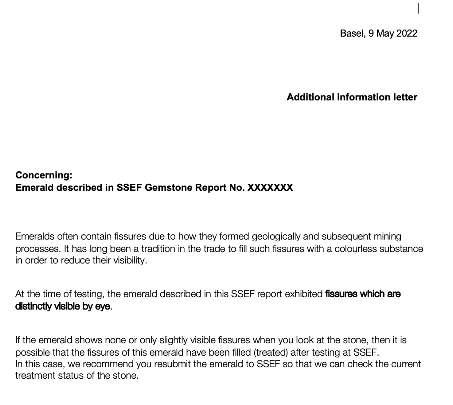

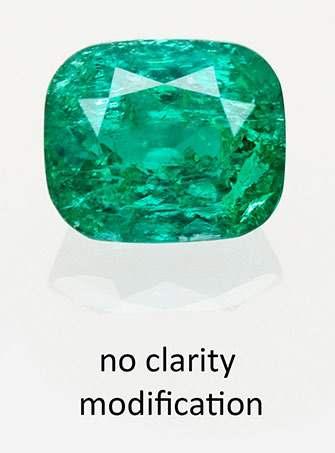
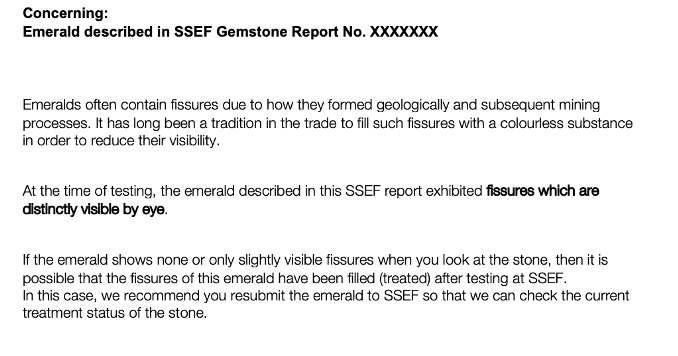
New: Additional information letter for “cleaned” emeralds with distinctly eye-visible fissures !

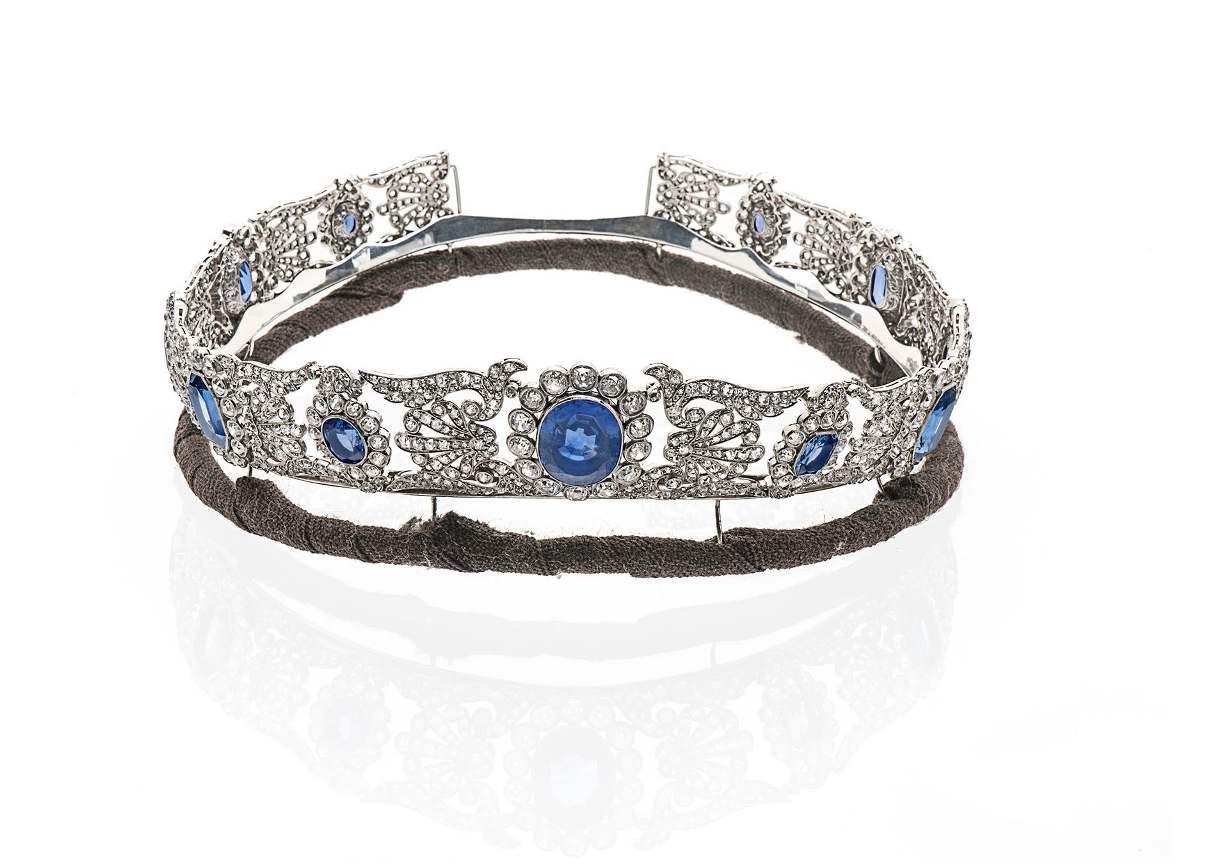
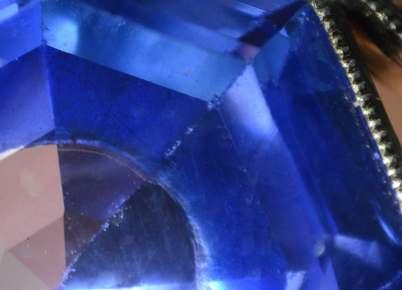
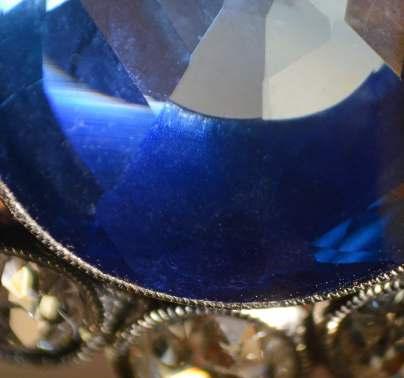
Historic tiara with sapphires of rather low colour saturation.
Clever solution by goldsmith, blue enamel backing to enhance the colour!

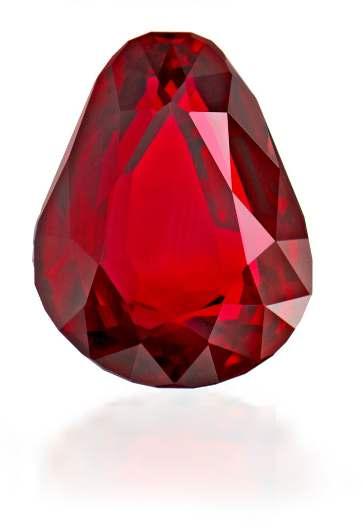
Natural ruby of 22.04 ct from Mozambique (named the “Rhino Ruby”)
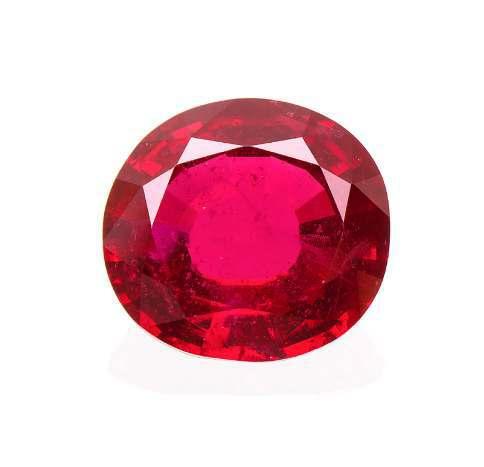
Synthetic ruby (flux-melt) of 4.27 ct
An important part of the work of a gemological laboratory still today is to separate ruby of natural origin (formation by geological process) from ruby of synthetic origin.

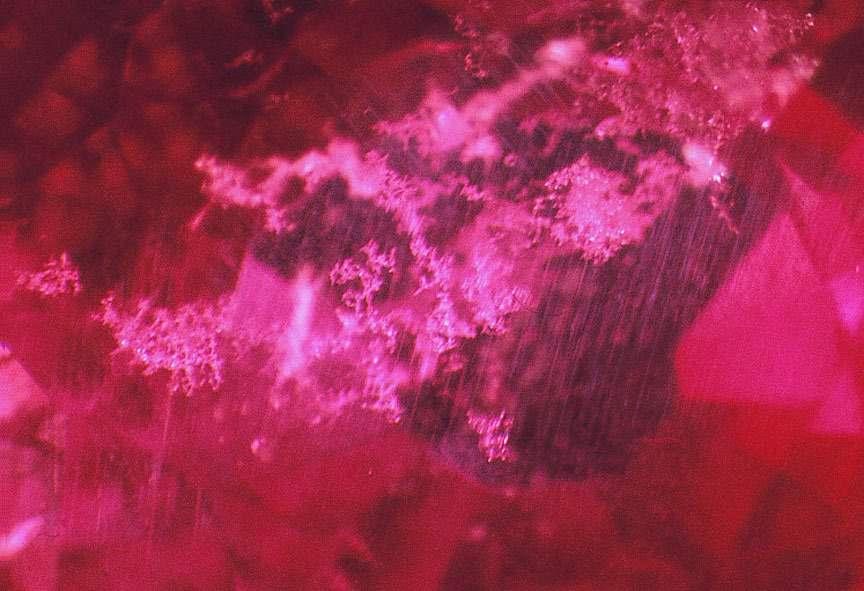

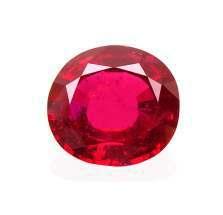

Natural ruby from Vatomandry(Madagascar) with numerous zircon clusters.
Synthetic ruby (flux-melt) of 4.27 ct with similar clusters, however not zircons! (seealsoAtichatetal.GIT2012)
majority of flux-melt synthetic rubies
outliers case


natural rubies
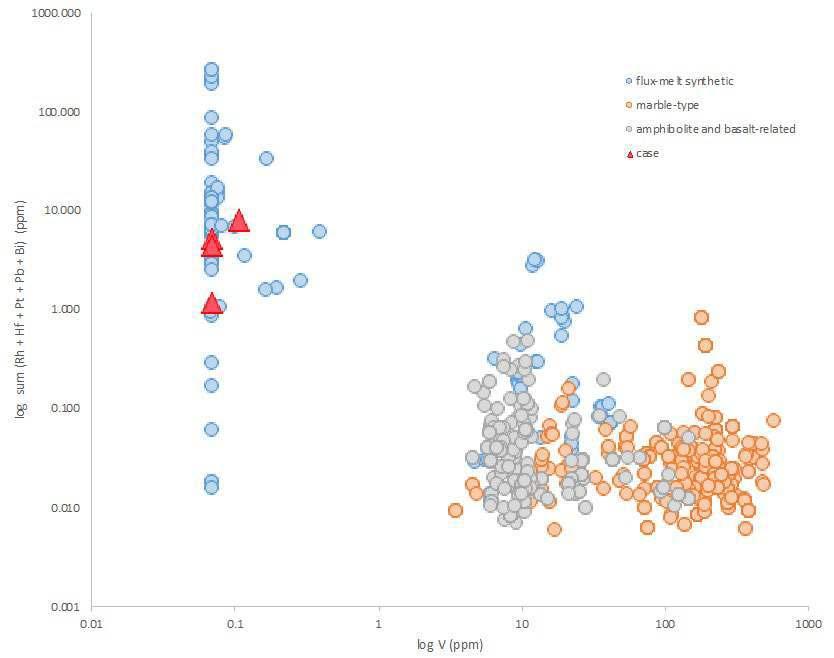
flux-melt synthetic rubies


bdl
natural rubies
Using different plots of trace elements to unambiguously identify this stone as a synthetic ruby (flux-melt).

Vivid pinkish red spinel of exceptional size and quality.
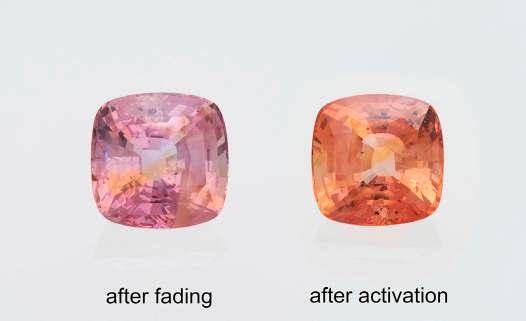
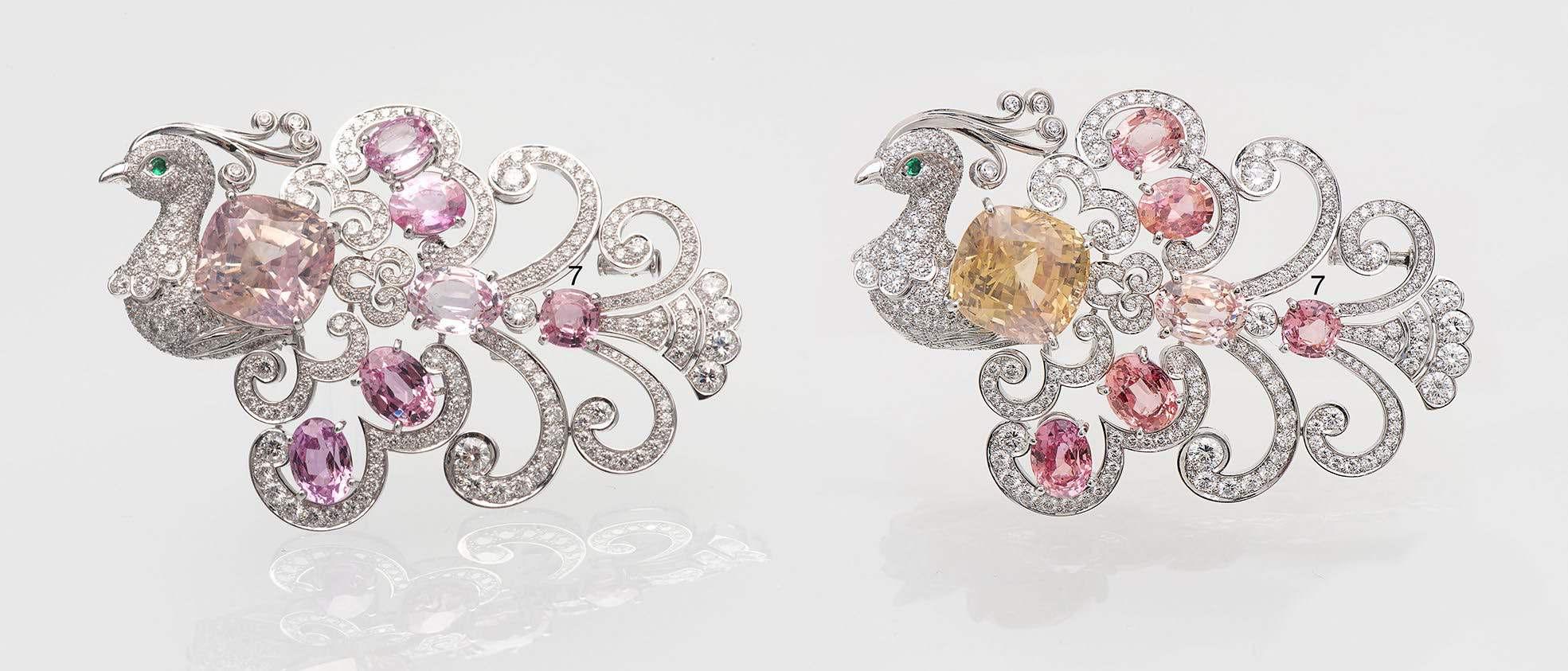

Since about 2 years, there are rumours in the trade about rubies that are irradiated in Sri Lanka to enhance their colour (so-called “hospital treatment”).
Mainly applied to Mozambique rubies of purplish red colour, the irradiation activates a yellow/orange colour centre, so the rubies get a better red colour.
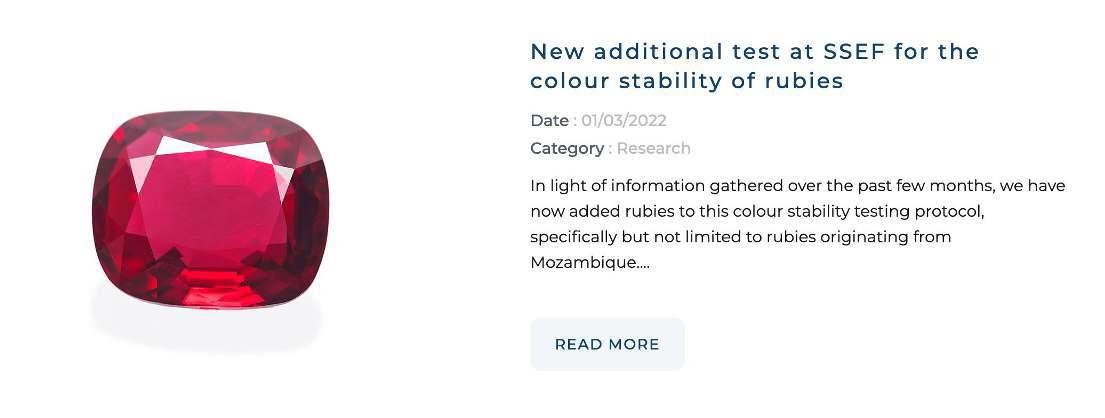
see: www.ssef.ch/news
So far only many hundreds of rubies tested, and only in one case (irradiated research stone) a slight colour instability could be observed.
Affaire àsuivre....

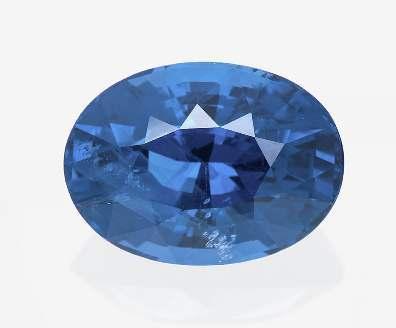
Co-spinel from a new source near Mahenge in Tanzania.
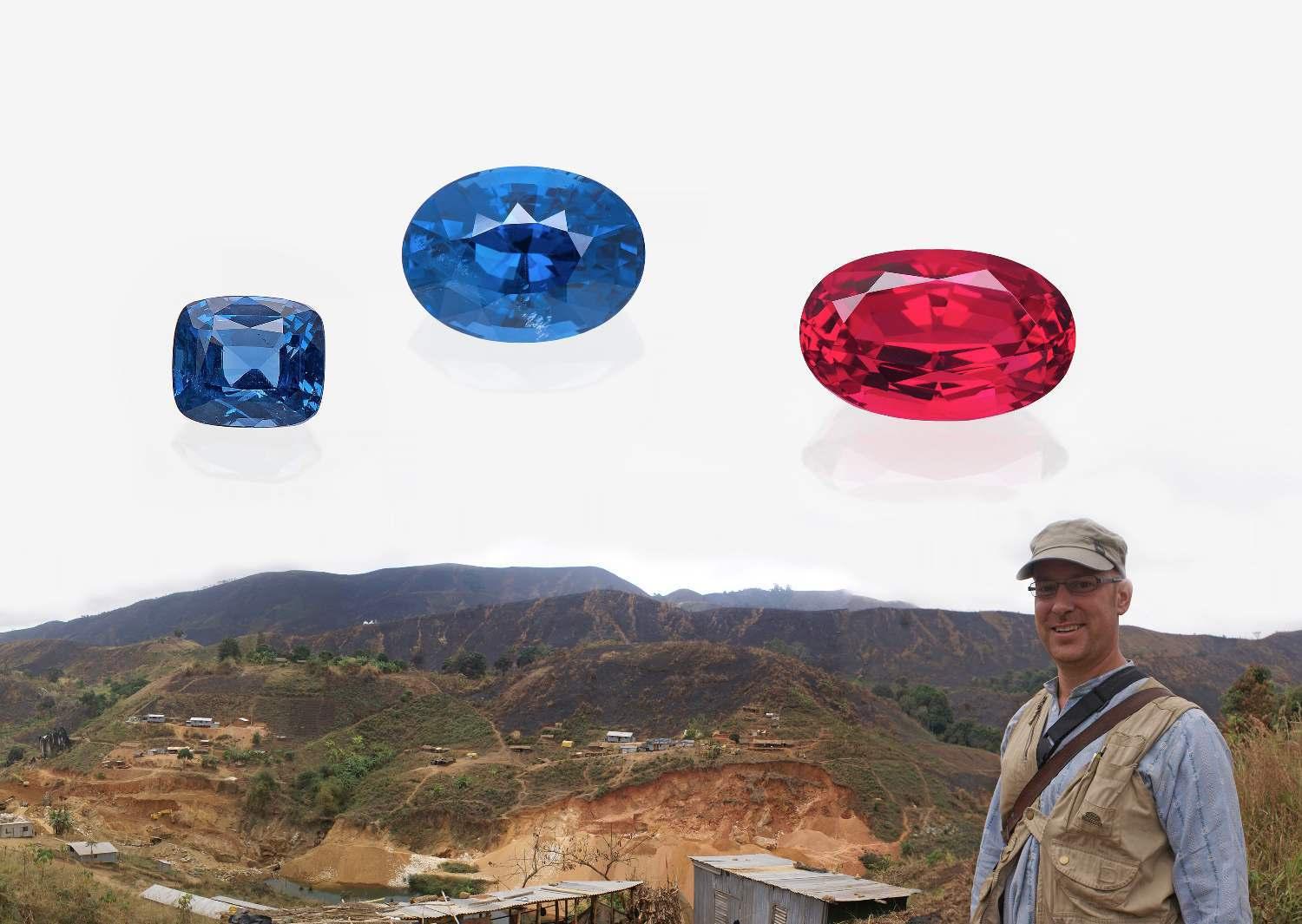
Vivid pinkish red spinel of exceptional size and quality.
At Epangko, mining site of pinkish red spinel, field trip to Mahenge with Dr Walter Balmer in 2009.

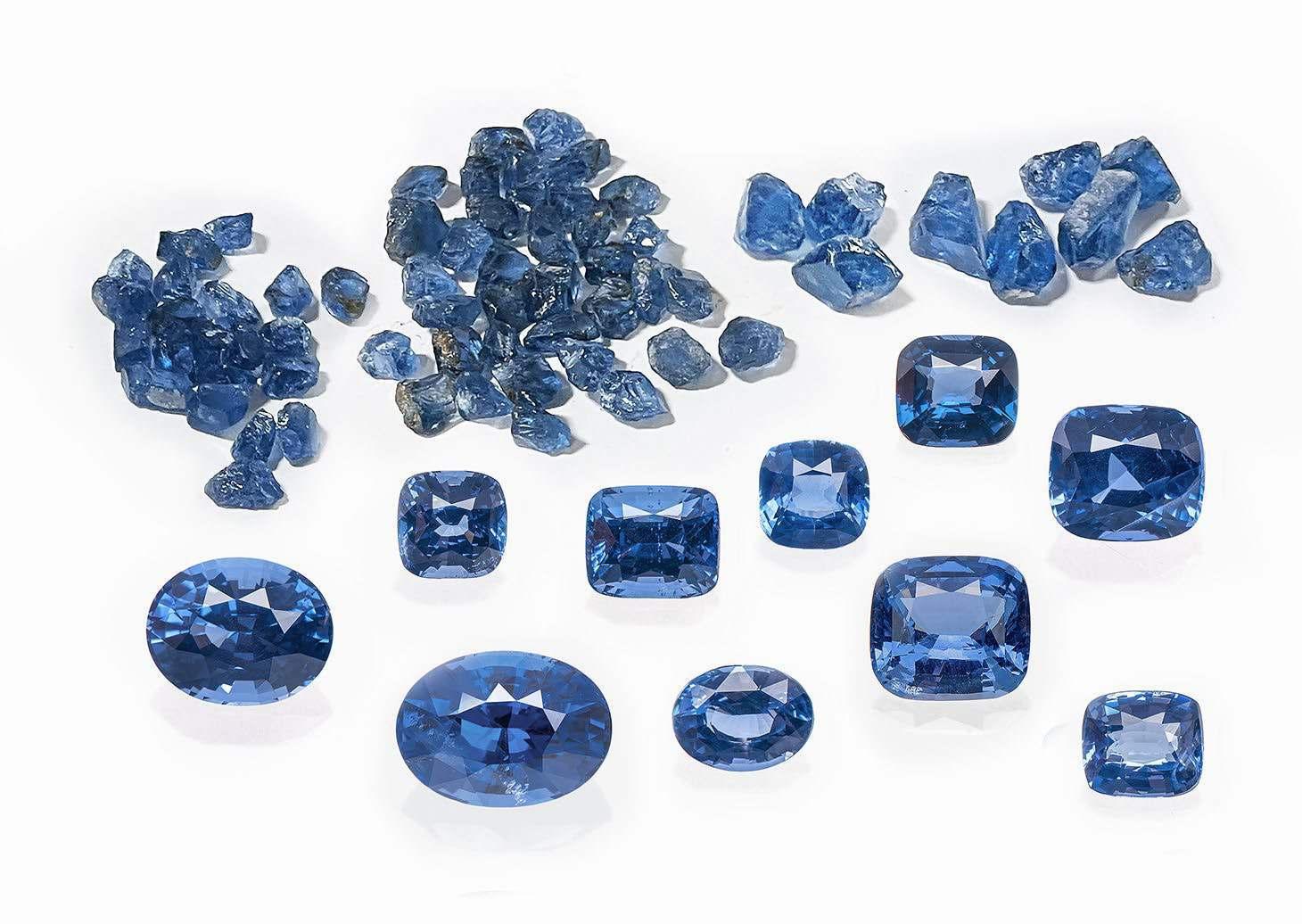




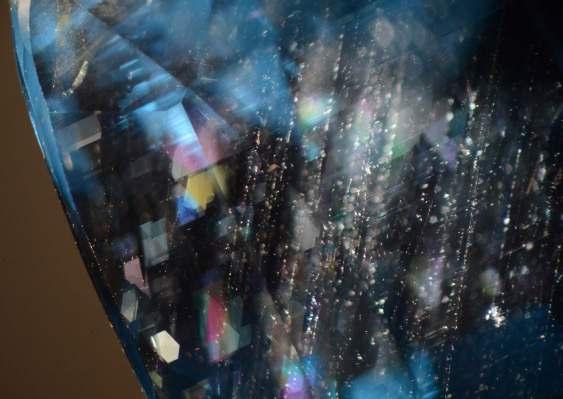
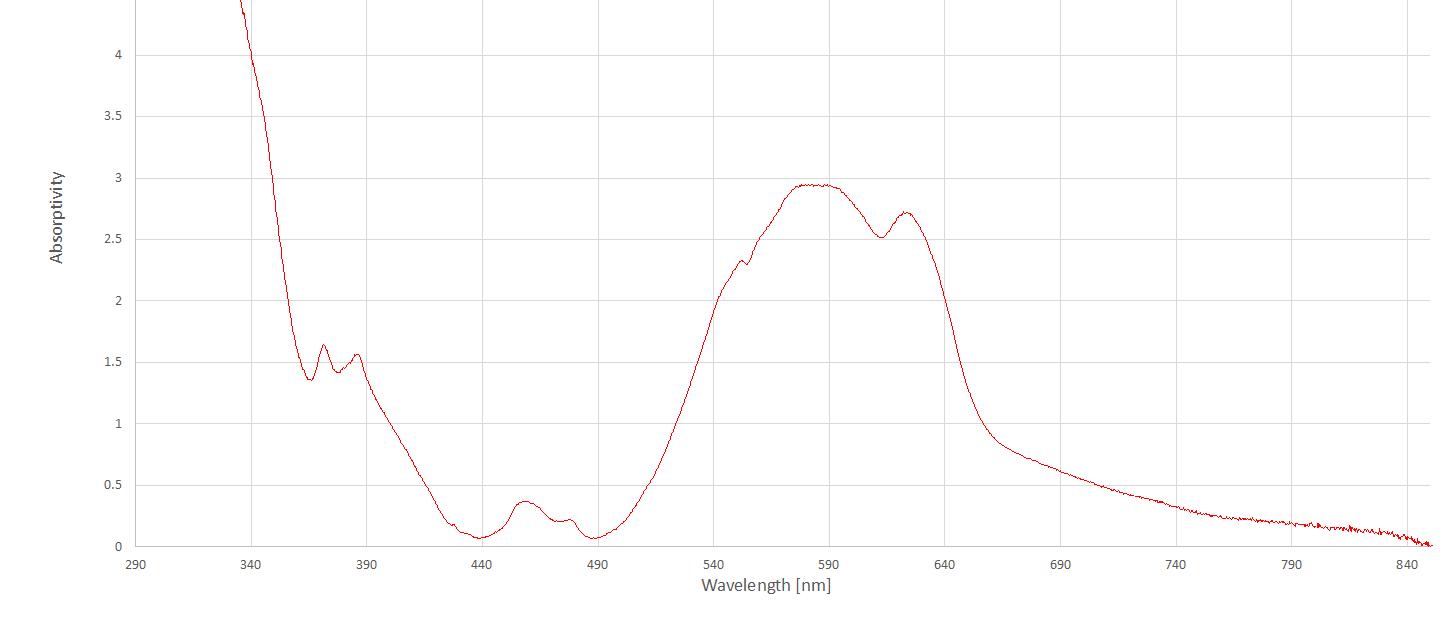

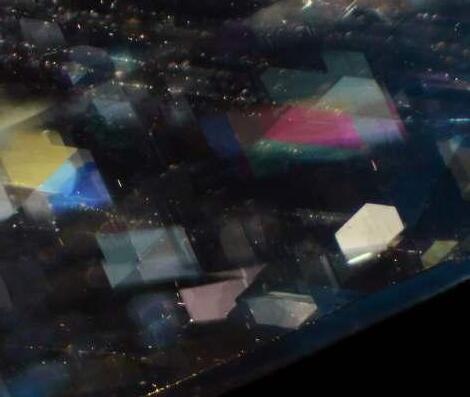
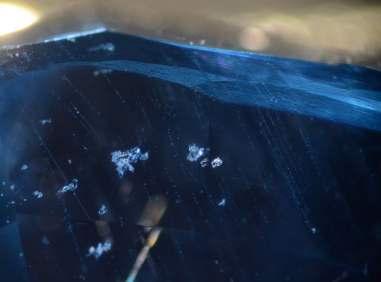


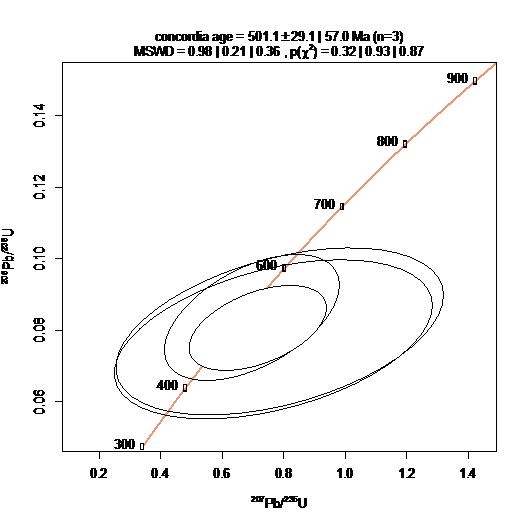


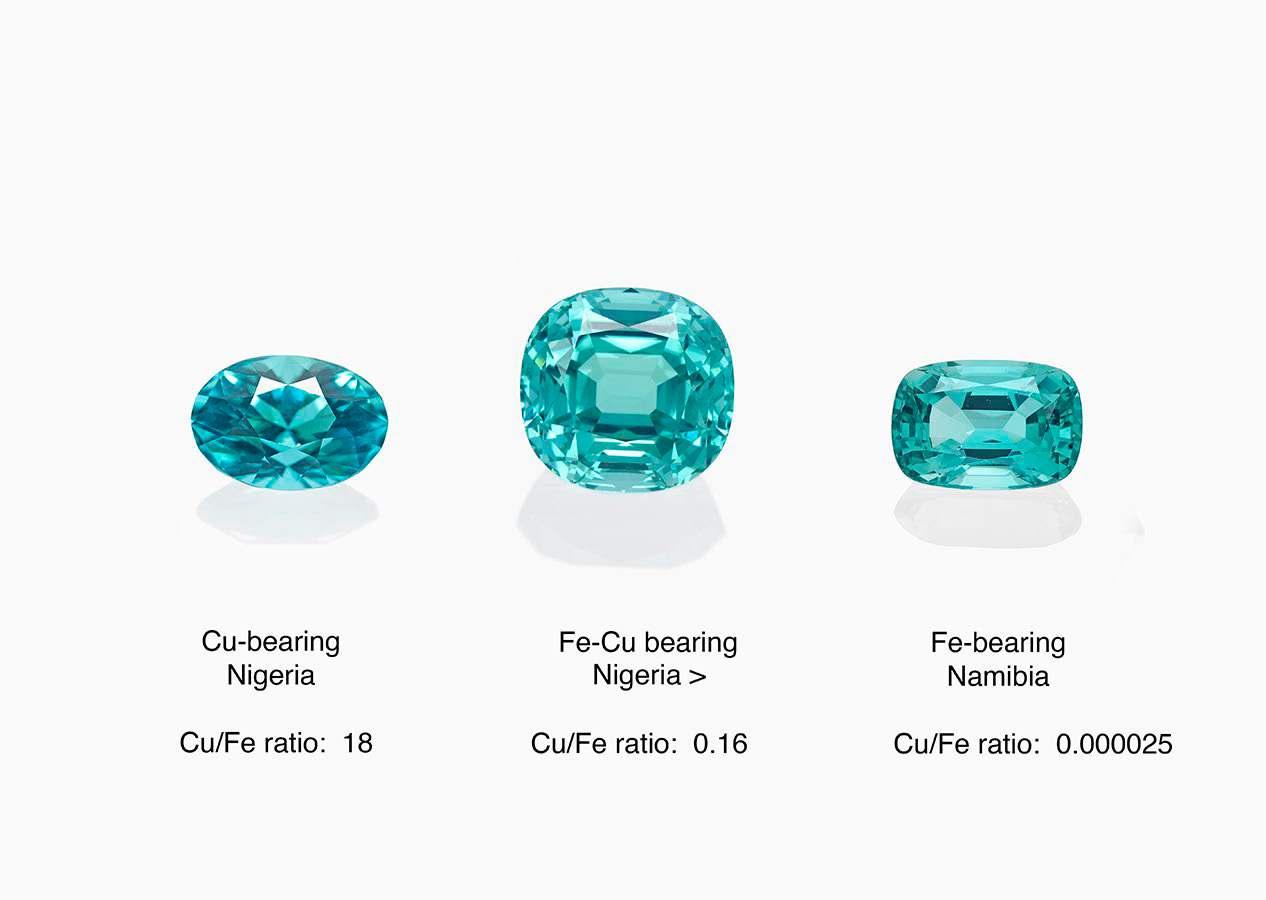


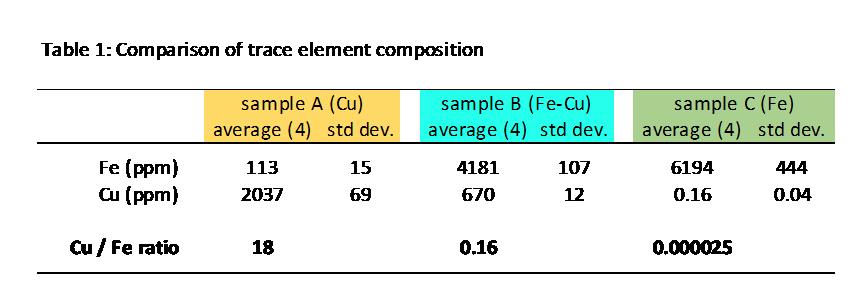





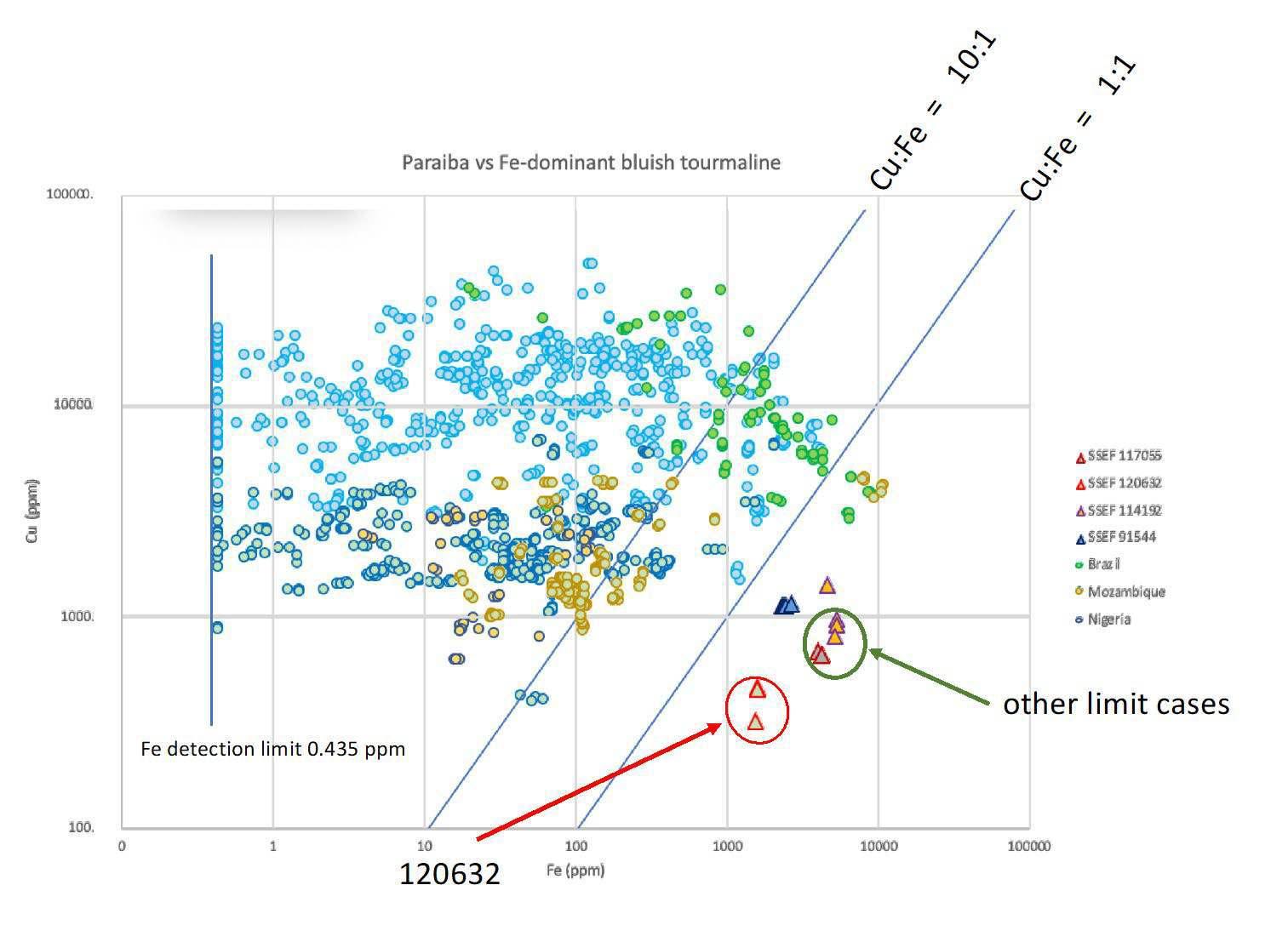
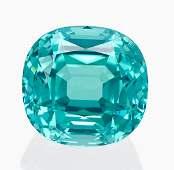

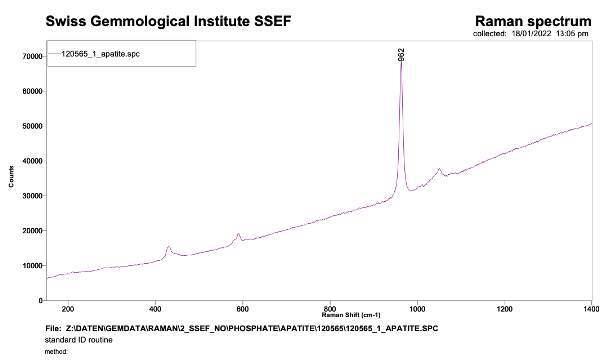
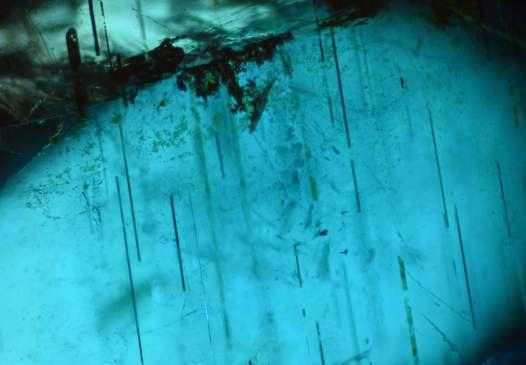
Hollow channels parallel optic axis. Raman spectrum of one of these apatite samples.
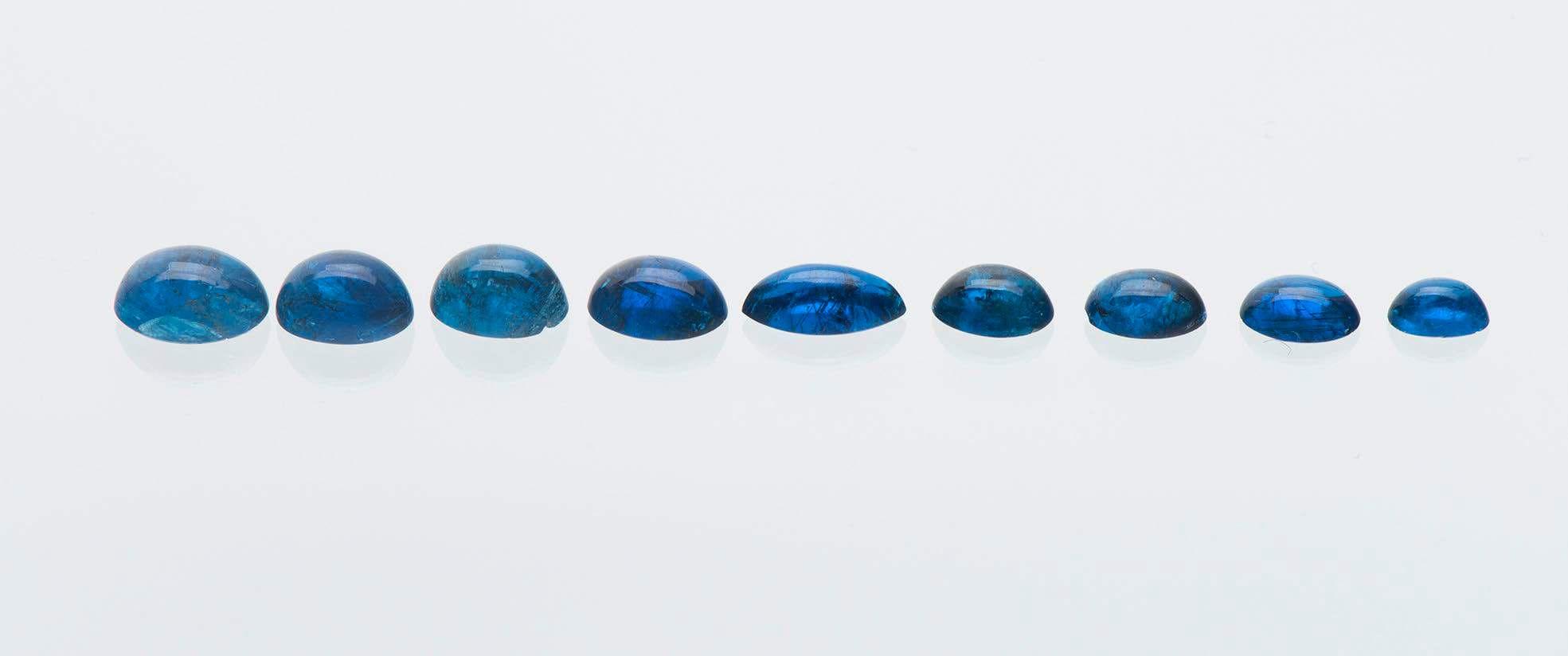

Blue (heated) apatite, submitted to SSEF as Brazilian Paraiba tourmalines!
Antique pearl jewellery from Boucheron. The pearl necklace can be transformed into a tiara.
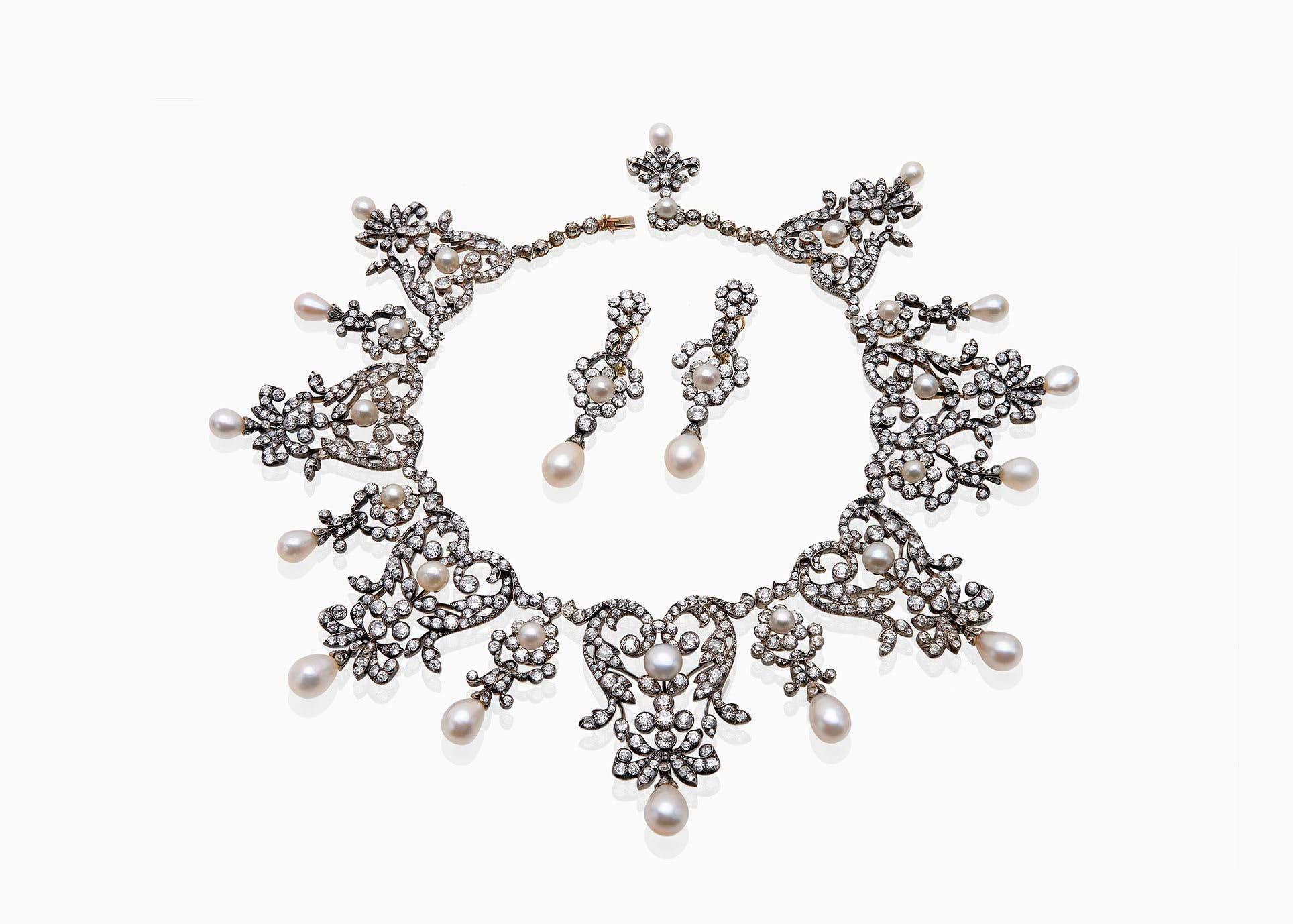

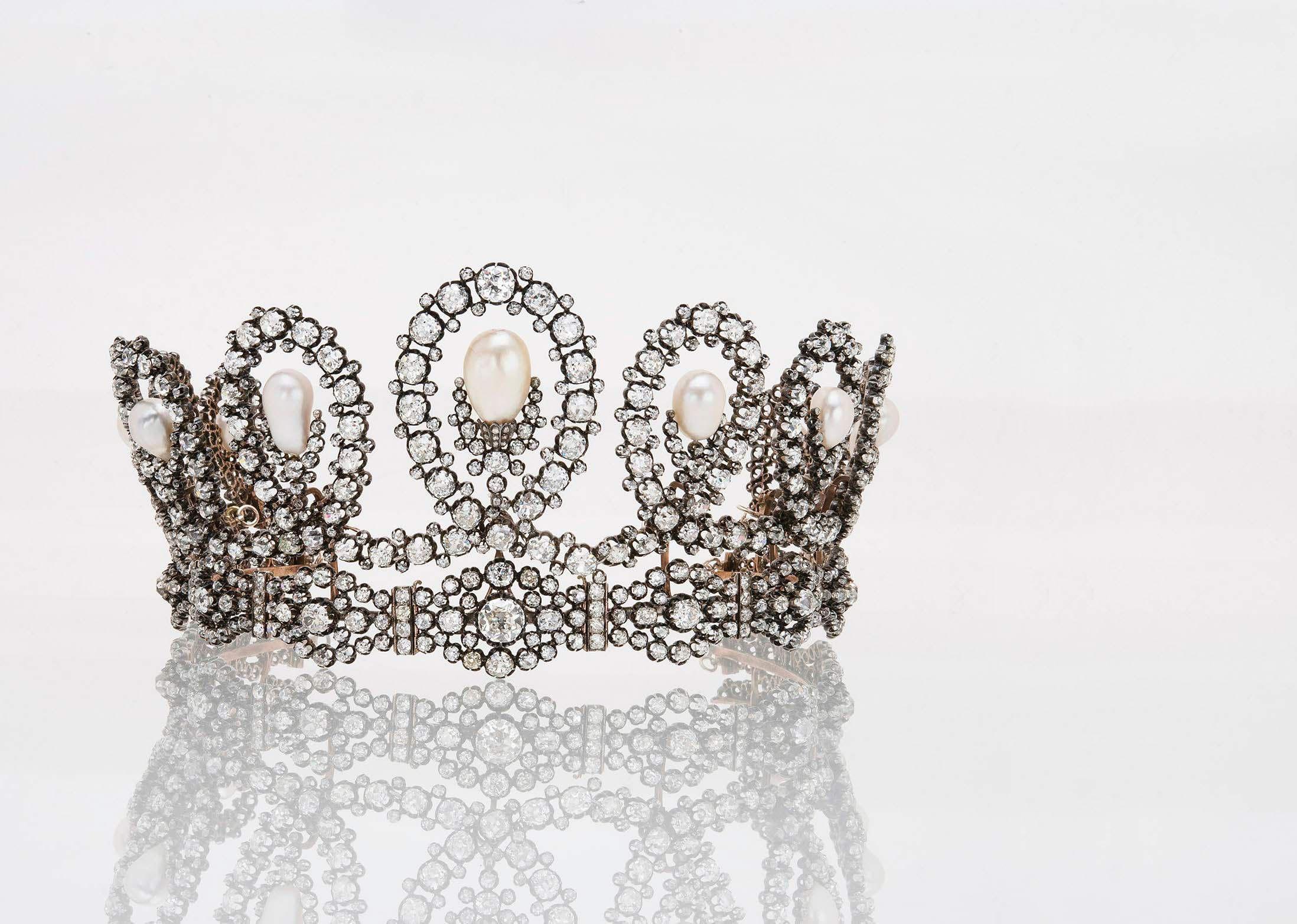
Royal pearl tiara of the House of Savoy, sold at Sotheby’s Geneva in May 2021 for 1.47 mio CHF. It can be transformed into a necklace.


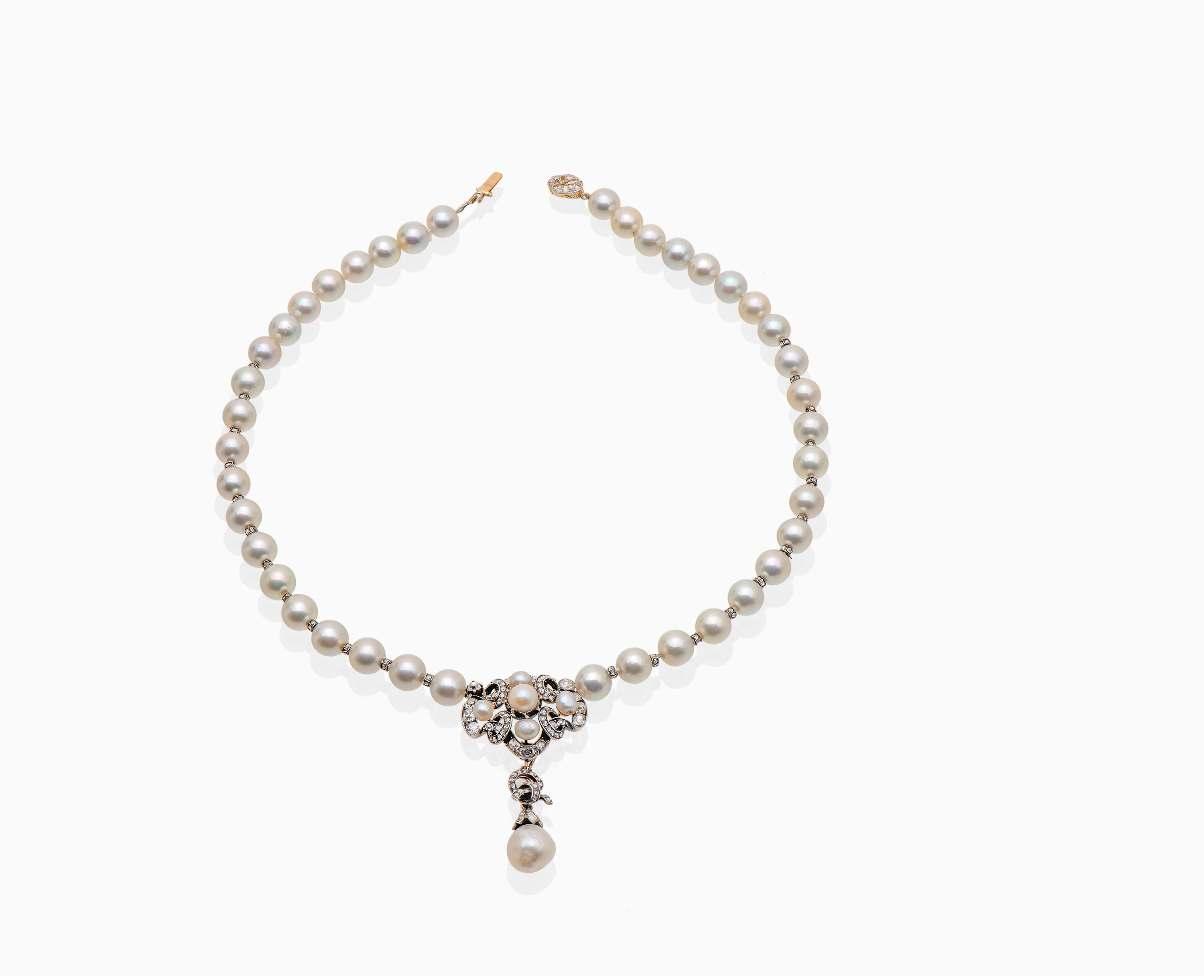

All others are cultured pearls
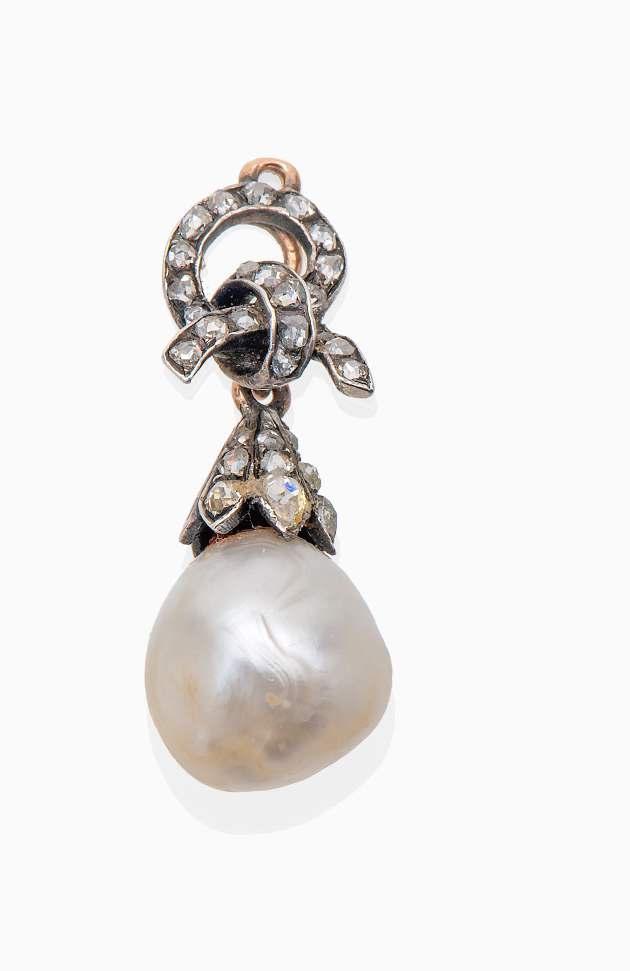
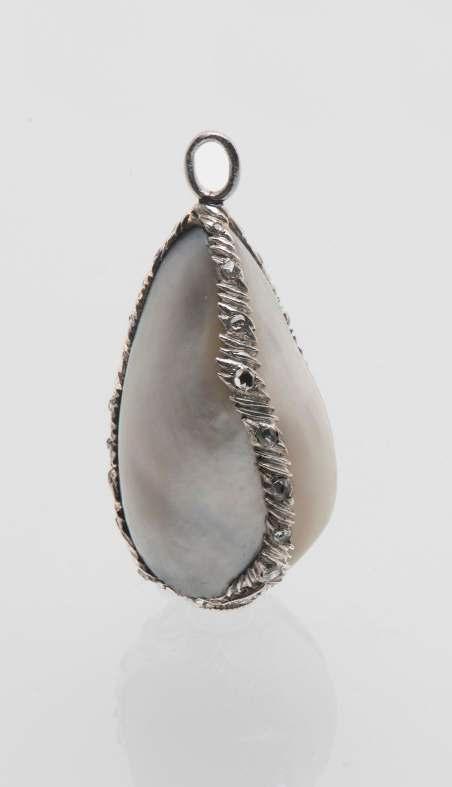
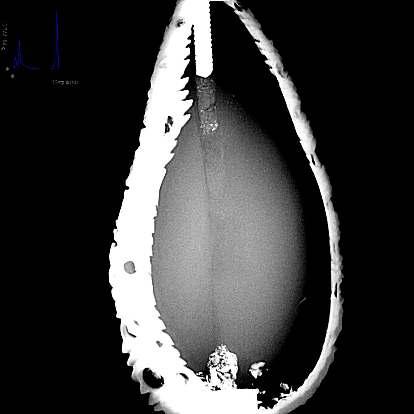
“Pearl” pendant, made of three curved shell pieces (blisters).
Detail at metal setting revealing the construction of this “pearl”.
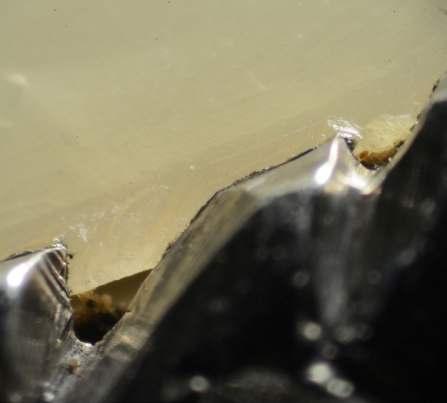
Hole below the shell blister

Historic Pearl Necklace from Spain
Three pearls were randomly selected to carry out 14C dating and DNA fingerprinting.
Radiocarbon dating confirmed a historic age (16th to 17th century) of these three pearls.
DNA analysis on the same samples revealed a pearl of Pinctadaradiata , whilst the other two belong to Pinctadapersica , both species having their habitat in the Persian Gulf.
To our knowledge, this is the first time that Pinctadapersicahas been described in pearl jewellery.
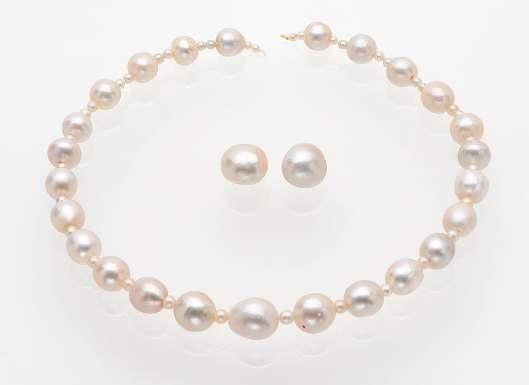
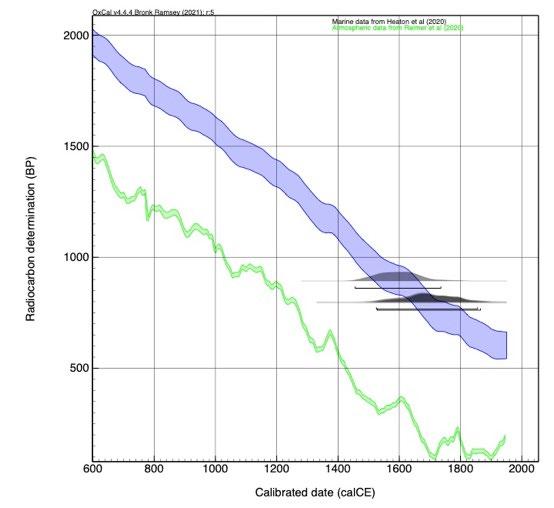


Coral-ID: a forensically validated genetic test developed by the Institute of Forensic Medicine (Uni ZRH) in collaboration with SSEF


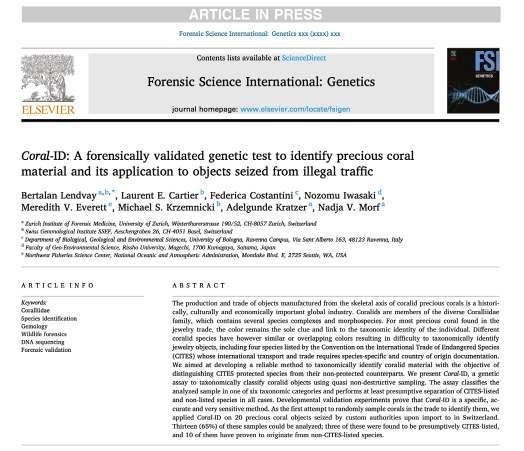


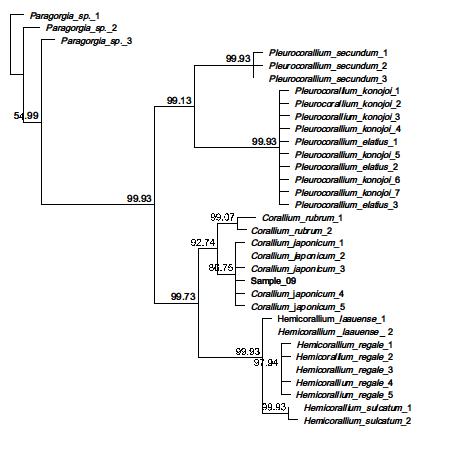
Suzanne Belperron(1900-1983)
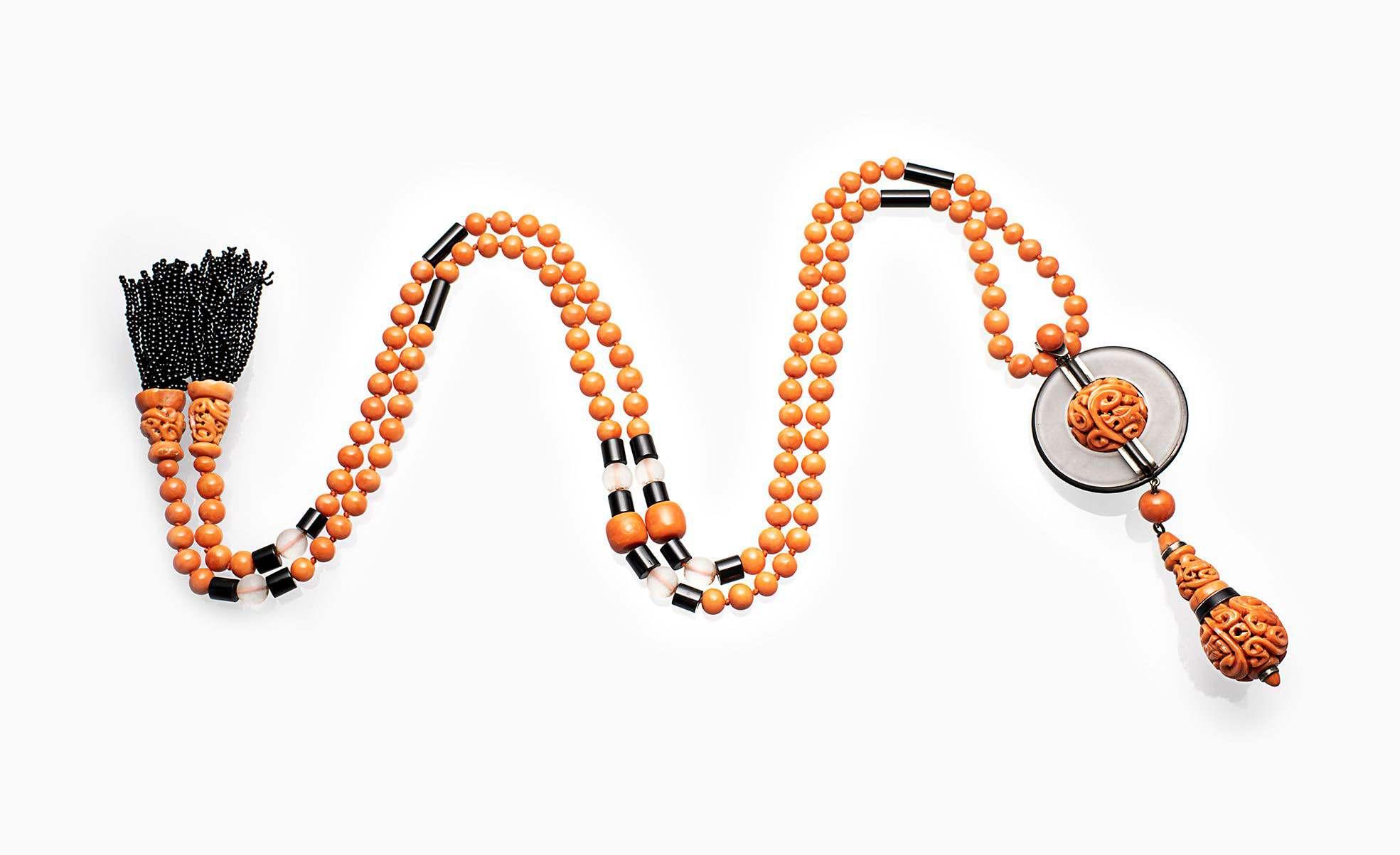

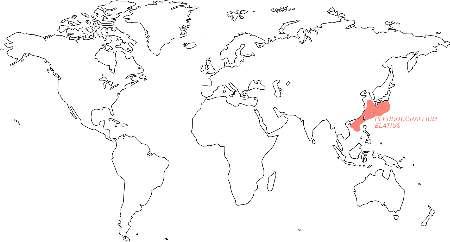
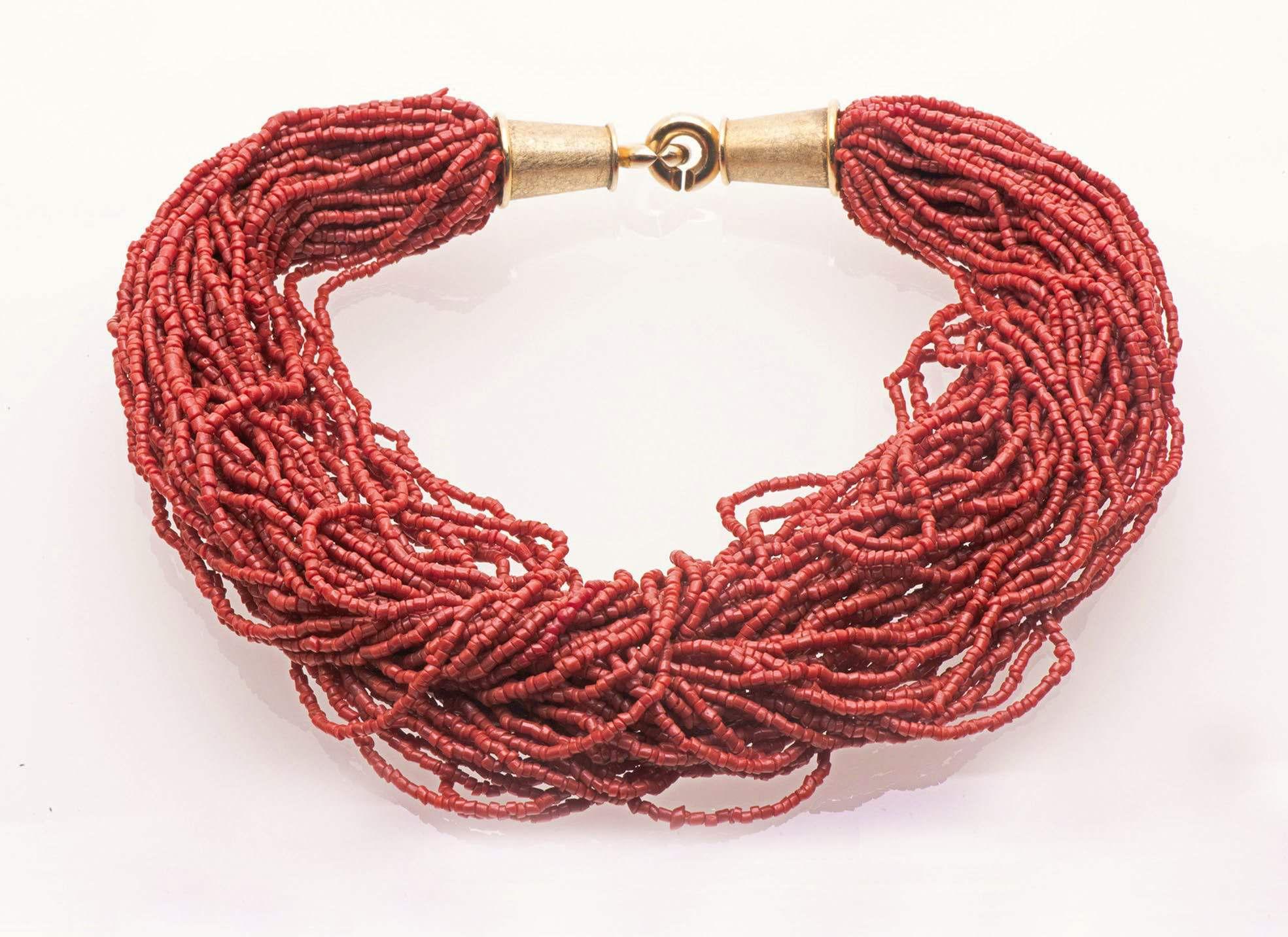


SSEF Masterclasses: Understanding Gemstones
• Introduction to Diamonds
• Introduction to Rubies
• Introduction to Sapphires
• Introduction to Emeralds
• Introduction to Pearls
• In English
• In French
• In Chinese
• In Japanese
• Soon to come: Thai, Burmese...

The 5-day course developed in collaboration with jewellery historian Vanessa Cron (@jewelsandthegang) and founder of Research Jewel, focuses on the following themes:
• THE GEM FACTOR: Cultural history and evolution
• THE TECHNICAL FACTOR: The hands behind the jewels
• THE DESIGN FACTOR: History of jewellery design
• UNDERSTANDING THE VISIBILITY FACTOR: How knowledge is shared
• IDENTIFYING TRENDS AND VALUE: Jewellery valuation
For more details about this course, visit our website https://www.ssef.ch.ch/courses or contact us by email (education@ssef.ch)

SSEF: Swiss Foundation for the Research of Gemstones founded in August 1972 by Swiss trade organisations as a non-profit organisation.
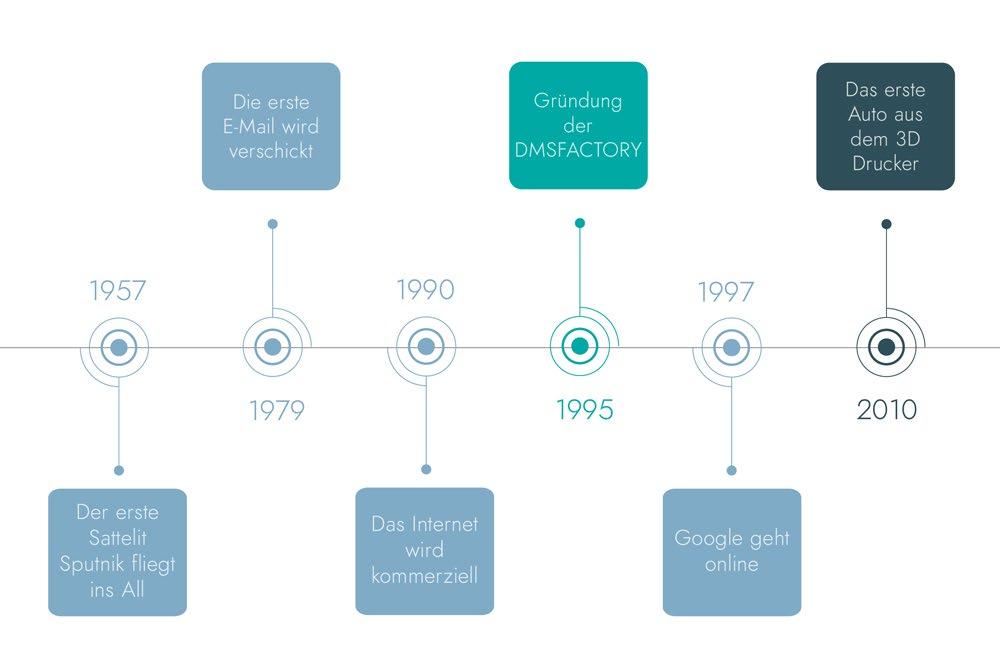



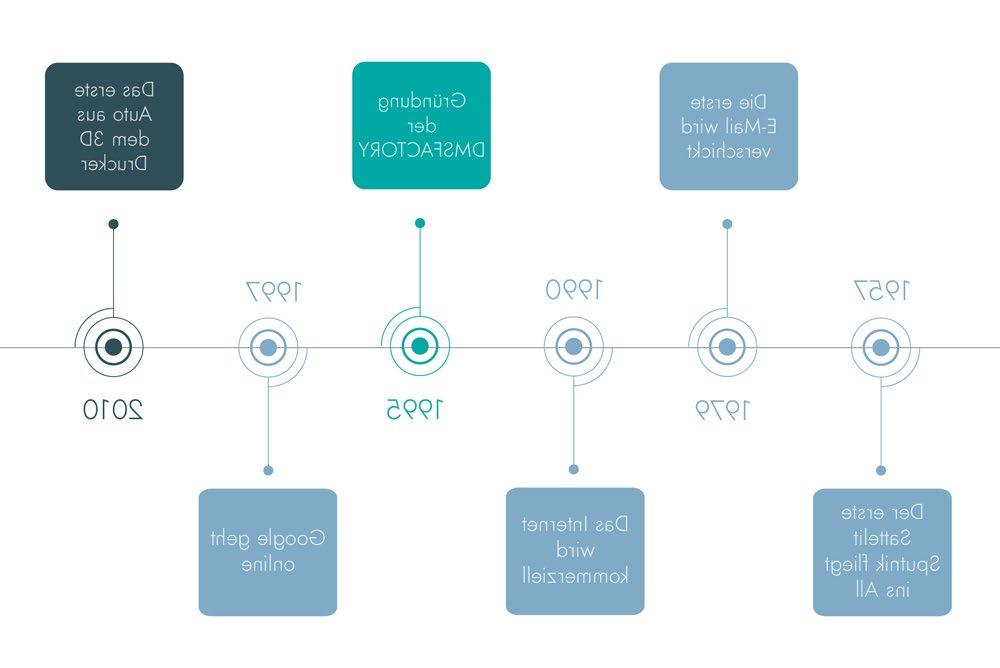



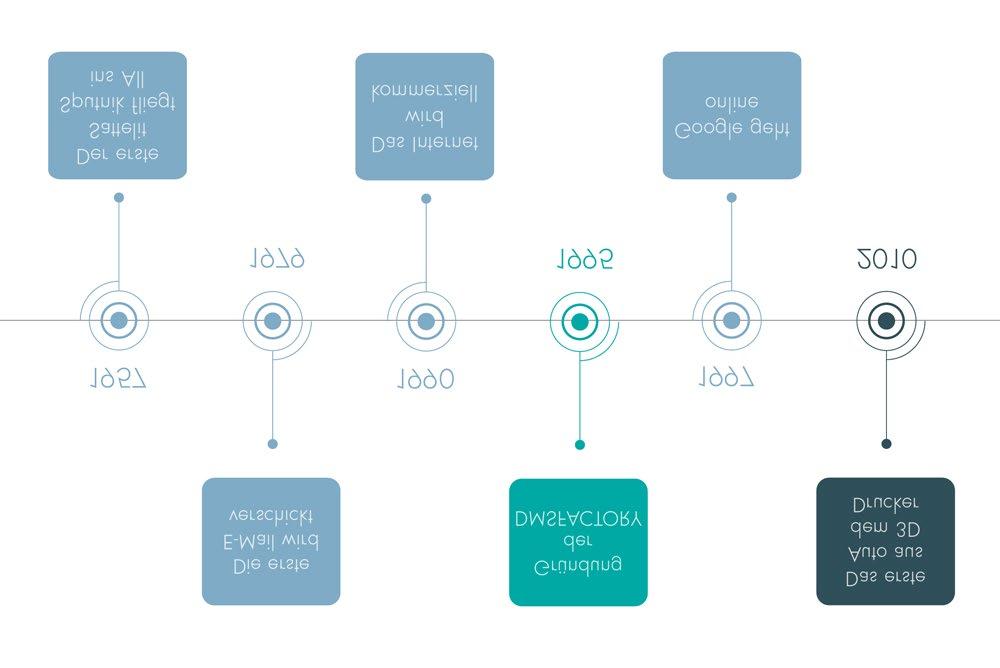

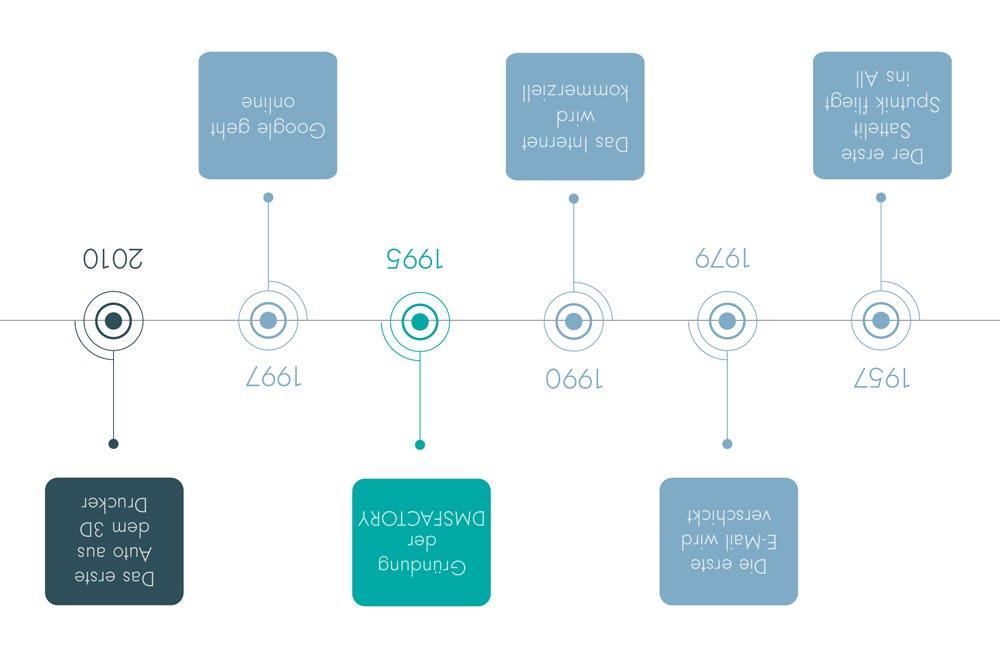

We are proud to serve the trade and public since 50 years with our services and expertise.

Celebrating the 50 years SSEF with a unique Symposium
LinkingPastandFuture:VisionsforaThrivingGem&JewelleryTrade (1-2 September 2022 in Basel), contact SSEF for more information.
